Problems figuring out how to make your Christmas Cactus bloom again? Does this sound familiar? You are picking out the perfect cranberries in the grocery store for your flawless holiday cranberry sauce when you notice a beautiful Christmas cactus in full bloom calling your name in the Flower section. I am a sucker for this section myself! How dare these grocery stores tease us with perfectly-placed blooming plants right where you can't resist buying them! :)

What you don't know, however, is that the propagators of these plants have "forced" those flowers & plants to bloom beautifully so they pop for you on display. They have "babied" the plants in greenhouses with perfect humidity, lighting & moisture conditions feeding the plants with high nitrogen or phosphorus fertilizers so the leaves or flowers are at their absolute best to entice you.
That's great news right...so why does that matter? Well...because you fall in love with the plant, take it home & a couple days later sulk over your morning coffee as you're watching that beautiful plant drop its blooms right in time for that big holiday meal with the family! Such is typically the case with higher maintenance specimen like the Christmas Cactus, Kalanchoe and Gerbera daisies to name a few...You know what I'm talking about - we've all fallen for it at one point in time!
So why do the flowers drop after you bring them home?

The fact is...it could be many things, but one of the 3 bolded bullets below is most likely the culprit!
- Too much direct sun exposure
- Too much windy draft exposure
- Climate shock (in transporting the plant from the store to your home or from outside to inside, especially in the winter)
- Not enough humidity
- Plant disease
- Malnutrition, or simply
- The plant was bought at the end of its blooming cycle
So, given the holidays are upon us and the popularity of Christmas Cacti this time of year (and hence an increase in your indoor gardening stress levels), we decided to save many a heartbreak this year and write a simple guide on how to nurture that Christmas Cactus back to health organically during these cold winter months (for us Northerners anyway...Southern hemisphere readers can read this article for fun while you're watching your Crotons and Cannas grow...we're not jealous - well, maybe just a little!)
Would you like Christmas Cactus blooms like ours below? We thought you might...so listen up!
First of all, know that while the Christmas Cactus is a succulent - it is NOT a desert plant but a tropical plant (A-ha!! That should flicker some green thumb light bulbs out there!! It matters a lot because these two climates couldn't be more different from each other!). In fact, the Christmas Cactus grows predominantly amongst the nooks & crannies of South American rain forest trees where they feed on debris (or should we say nature's compost? hint...see #7 below). They thrive in filtered light, humid, & well-drained but moist conditions.
Second of all, the Christmas Cactus needs a period of about 8 weeks of rest with chilly temperature (ideally between 50 & 60 degrees) & darkness leading up to a re-bloom. This is one of the reasons it is nicknamed a Christmas Cactus! Think about it...we start to lose daylight hours as the nights get longer and colder in the Autumn months. That happens naturally about 2 months before Christmas which happens to correspond to the approximate amount of time that a cactus needs to rejuvenate. (So, sure I suppose you could stick the plant in a controlled 50 degree cooler and a dark closet 12 hours a day for 2 months...but why not just let nature take its course and not go too crazy!)
Now that you know the 2 most important facts...on to the list!!
7 Easy Steps to make that Christmas Cactus Bloom Organically:
1) The Christmas Cactus actually likes being a bit root-bound (we've had ours in the same container for years)
* You can transplant it into a bigger container and you'll get a larger plant (but it's not necessary for years to come if you want to keep it on your kitchen table)
2) Make sure your Christmas Cactus is positioned in a fast-draining container (think somewhat similar to orchids)
* Add vermiculite or perlite to your potting soil (depending on the blend you use!). Earthworm castings are very useful for this as well - more on that below!
3) Control the amount of water you give the Christmas cactus
* More during bloom season (it needs moist soil when flowering), less when it's resting (you can keep it on the dryer side) ** We allow some ice cubes to melt slowly on the top soil every couple days when it's not in bloom (great way to not overwater it!)
4) Provide humidity
* Fill up a spray bottle and mist the plant every couple days
5) Keep the plant in a consistent climate away from drafty areas
* This one is important - Any sudden change in temperature or draft might cause the cactus to drop its blooms especially when it's growing!
6) Clean up the plant once it has bloomed & root some cuttings
* This is the time to trim back the plant if you like to keep it smaller (just snap off segments) ** Take this time to take those extra segments and place them in a shallow bowl of water or moist potting soil so only the bottom touches - you'll see roots develop over the next few weeks (we always make this best practice to do anyway in case something goes wrong with the parent plant)
7) Lastly, DO NOT forget to feed your Christmas Cactus some organic plant nutrients
* Many people completely forget to feed their plants and then wonder why they don't continue to flourish
** The fact is you can't expect your favorite plants to continue to thrive & bloom with just watering. Over time the nutrients & minerals in your houseplant & flower pots get depleted as your plants utilize them. You need to replenish those nutrients from time to time by feeding an organic fertilizer that infuses your soil with new nutrients & biological life, or by doing it the hard way and completely repotting your plants with fresh soil.
*** If you want to try the easy method - check out our variety of natural plant and flower food products that work tremendously well on Christmas Cacti and every other plant or flower you may have in your home. Easily push in just 1 or 2 of our EarthPods® organic plant fertilizer capsules into the soil near the roots of your Christmas Cactus every couple weeks - a little goes a long way! If you want to feed your Christmas Cactus while you water it - you could also just drop 1 of our TeaDrops® plant food steeping packets into 1 to 2 gallons of distilled water for a day and then water or spray this liquid fertilizer on to the leaves and roots of your Christmas Cactus once per week. Our organic fertilizer products will work wonders for your Christmas Cacti and all your other flowers and houseplants (as well as your Orchids).
- Our plant food will re-balance the Ph level of your soil
- Our plant food releases natural macro & micro nutrients as well as trace minerals slowly to the plant in a form it will efficiently absorb
- Our plant food helps in controlling drainage, aeration & holding moisture giving you some room if you under- or over-water your plant
- Our plant food provides an all-natural beneficial biological root support to help your plants become more tolerant of shock & disease
- And let's not forget...Our plant food is 100% organic & made in the USA by nature's oldest fertilizers and rototillers...the earthworms!
Lastly - After the blooming period ends, water the Christmas Cactus sparingly, let your plant rest and continue to let it be the main attraction in your house as a houseplant (or outdoors in the summer). In the Fall right before the first frost hits, bring it inside and put it in a darker room for several weeks (it doesn't have to be in the closet or the basement as some other articles suggest, just a room where you're not always turning the bright lights on all the time)! You'll start to see little buds form and you can come back to this blog post and comment how we made your day! :)
For a more comprehensive article on indoor Christmas Cactus Care - check out our Schlumbergera cactus care guide
If you liked this article - you might also like our article on Orchid Care. Don't forget to subscribe your email to our newsletter in the lower right hand corner of our website to get notified when we post new articles to our gardening blog and even check out our instagram posts where we post a lot of gorgeous flowers & plants grown with our organic fertilizer products.
And don't forget...If you liked our article, we'd appreciate if you please take some time to spread the word by sharing our website/articles through social media on facebook, pinterest, twitter, & google+
Happy Holidays & Happy Gardening Everybody!


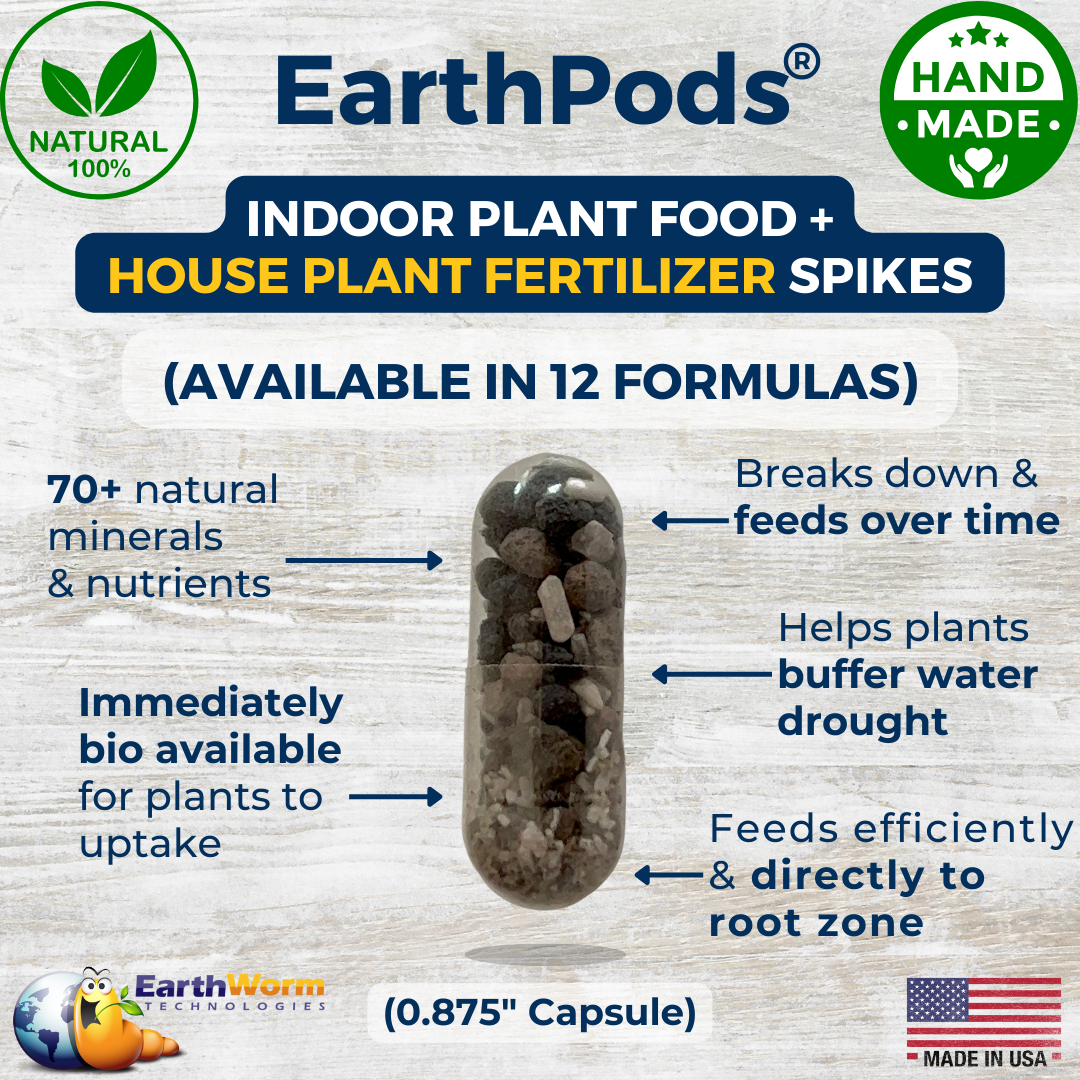
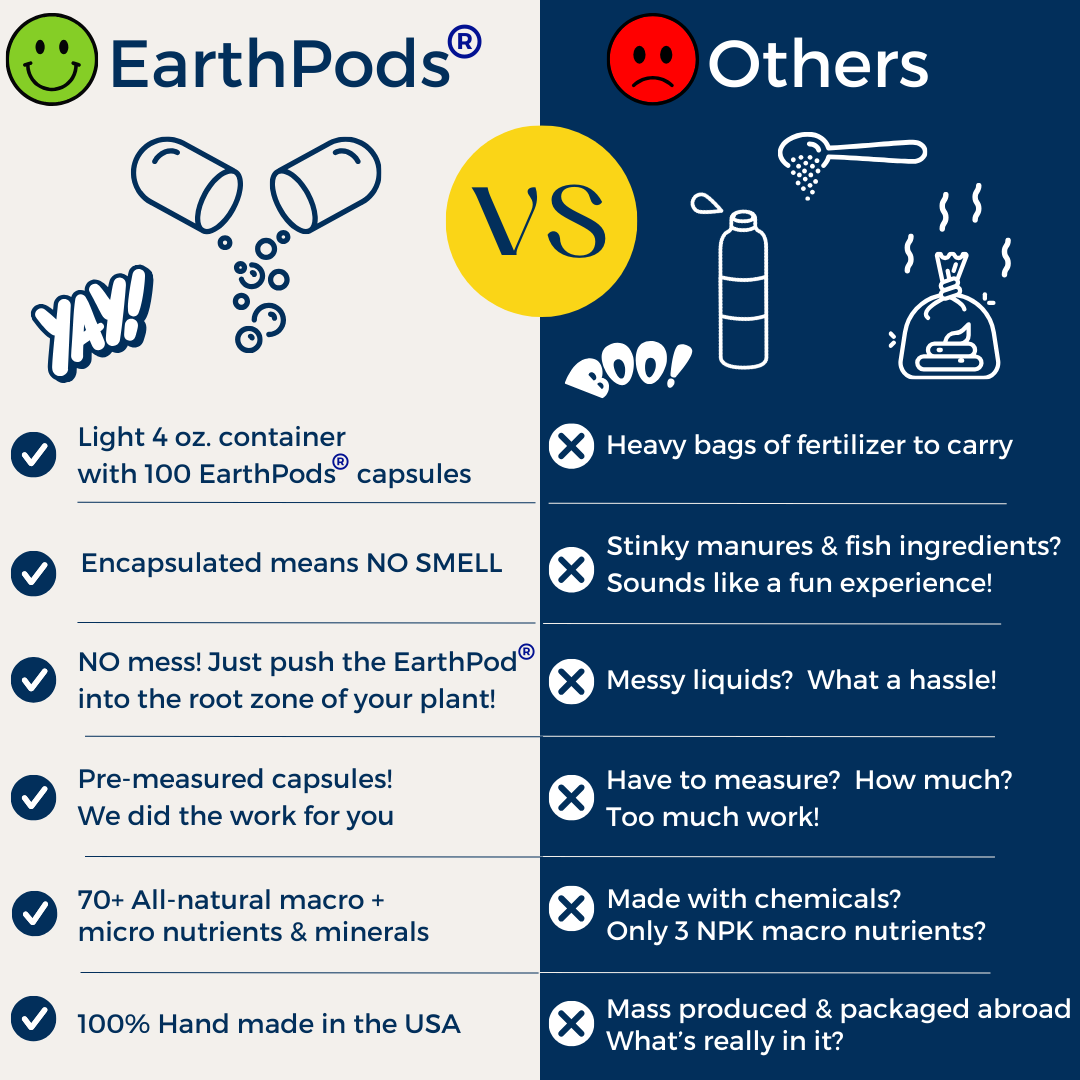
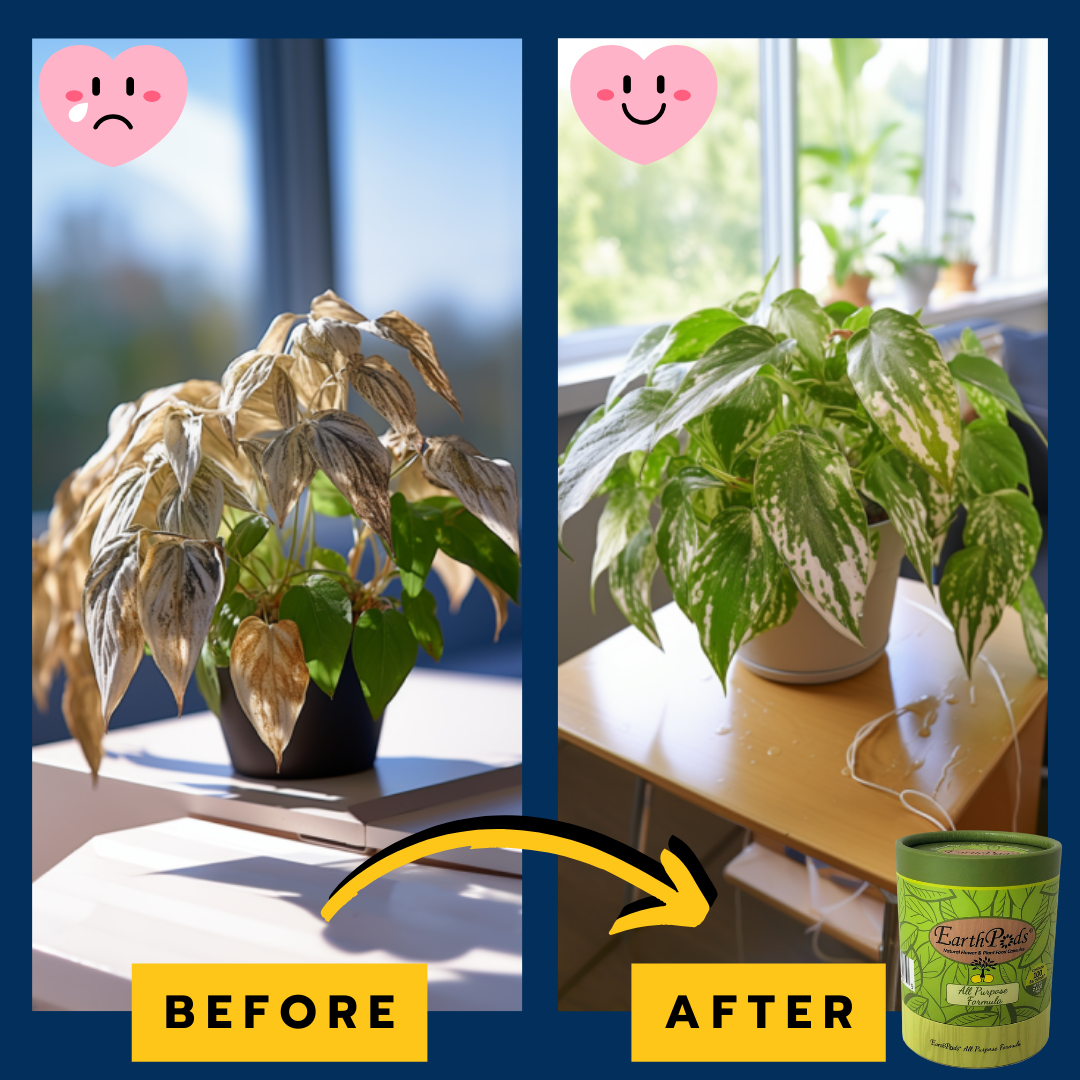
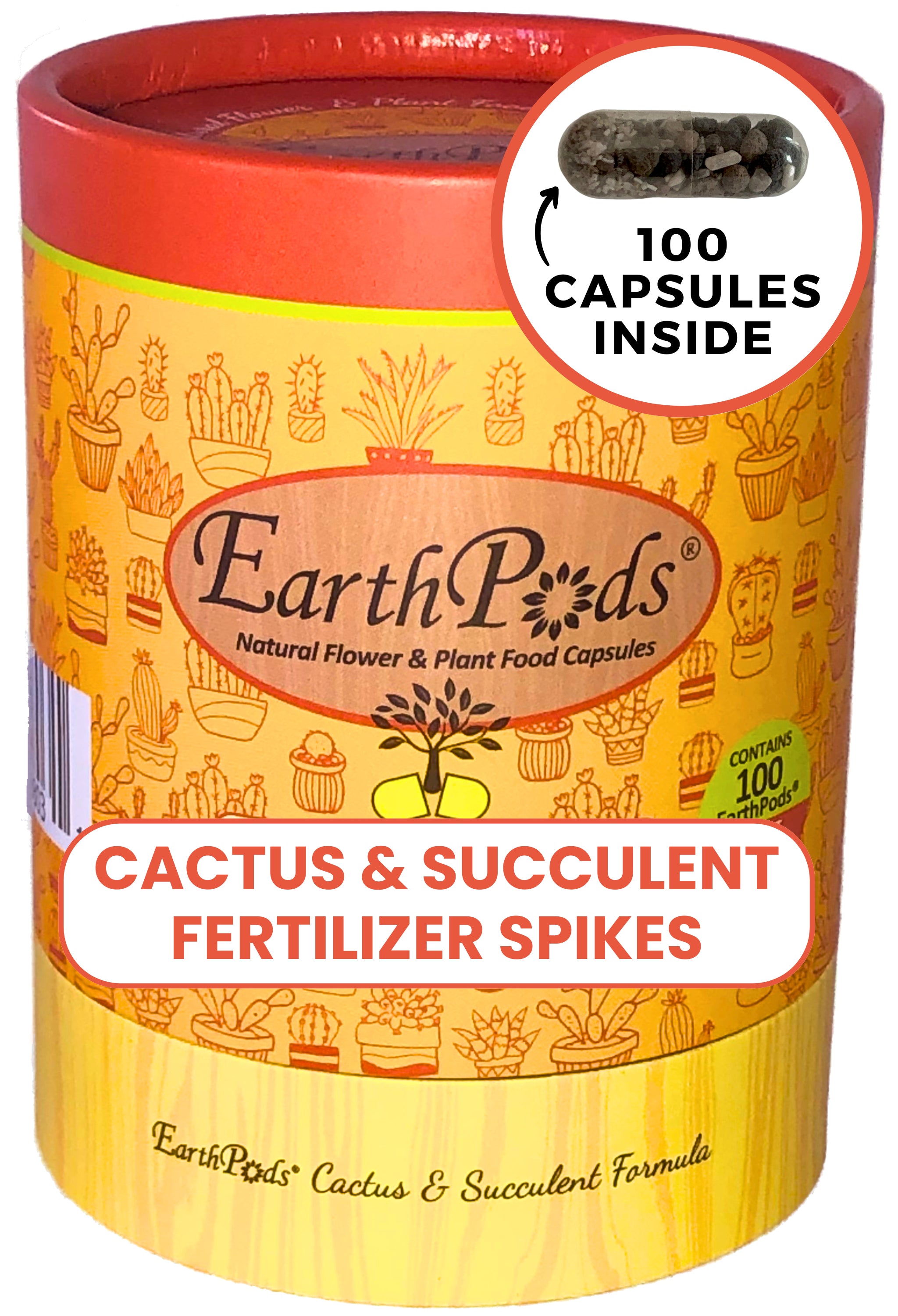

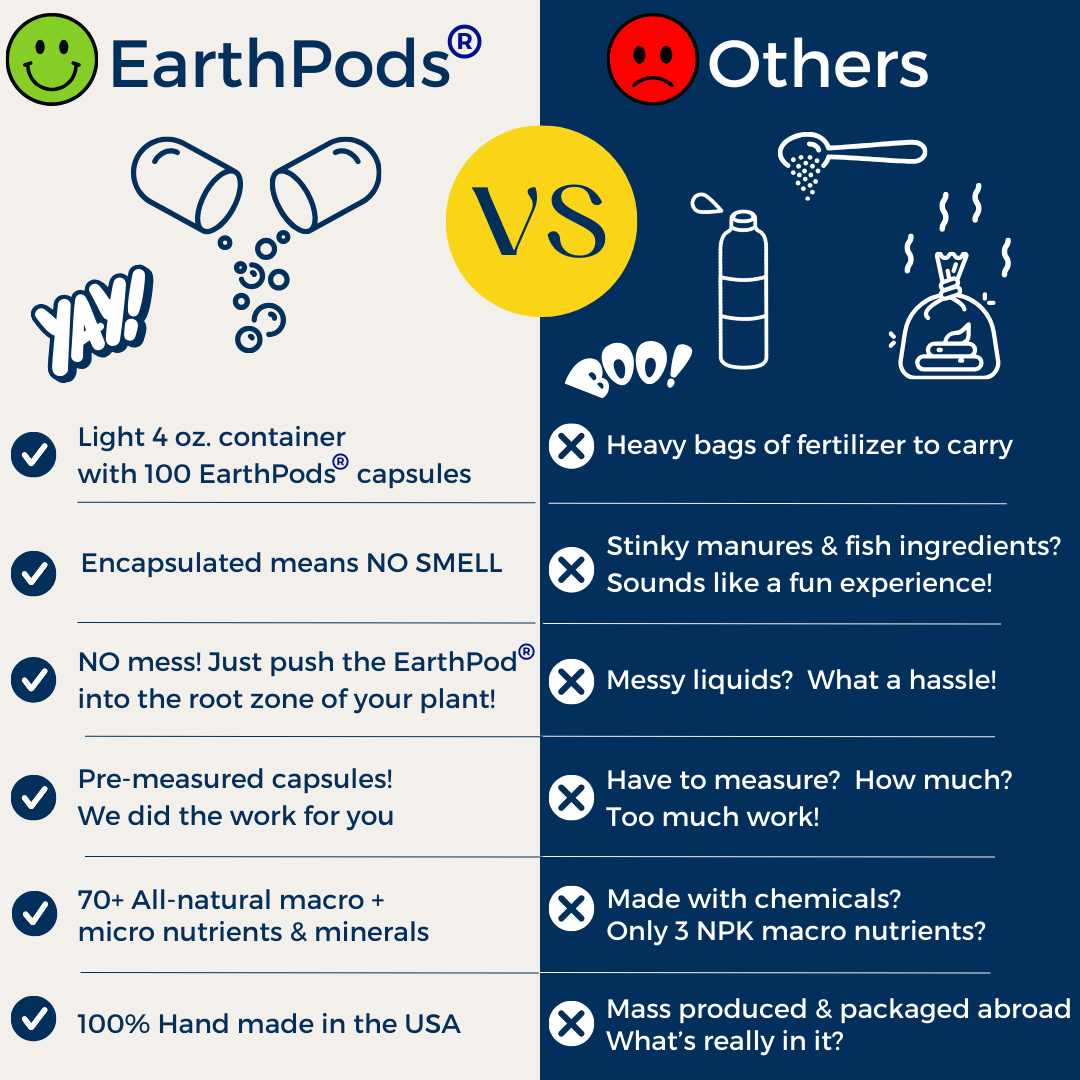
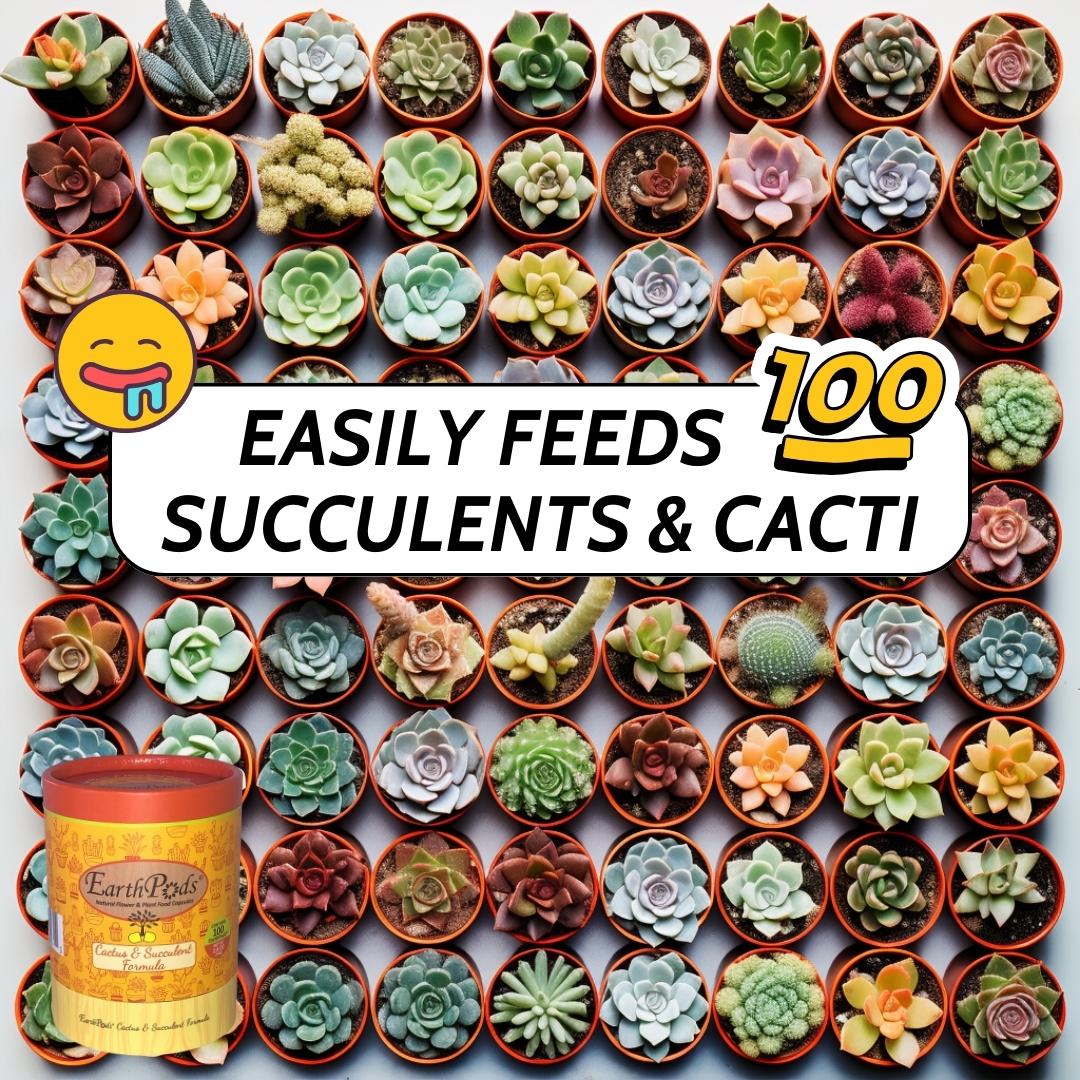
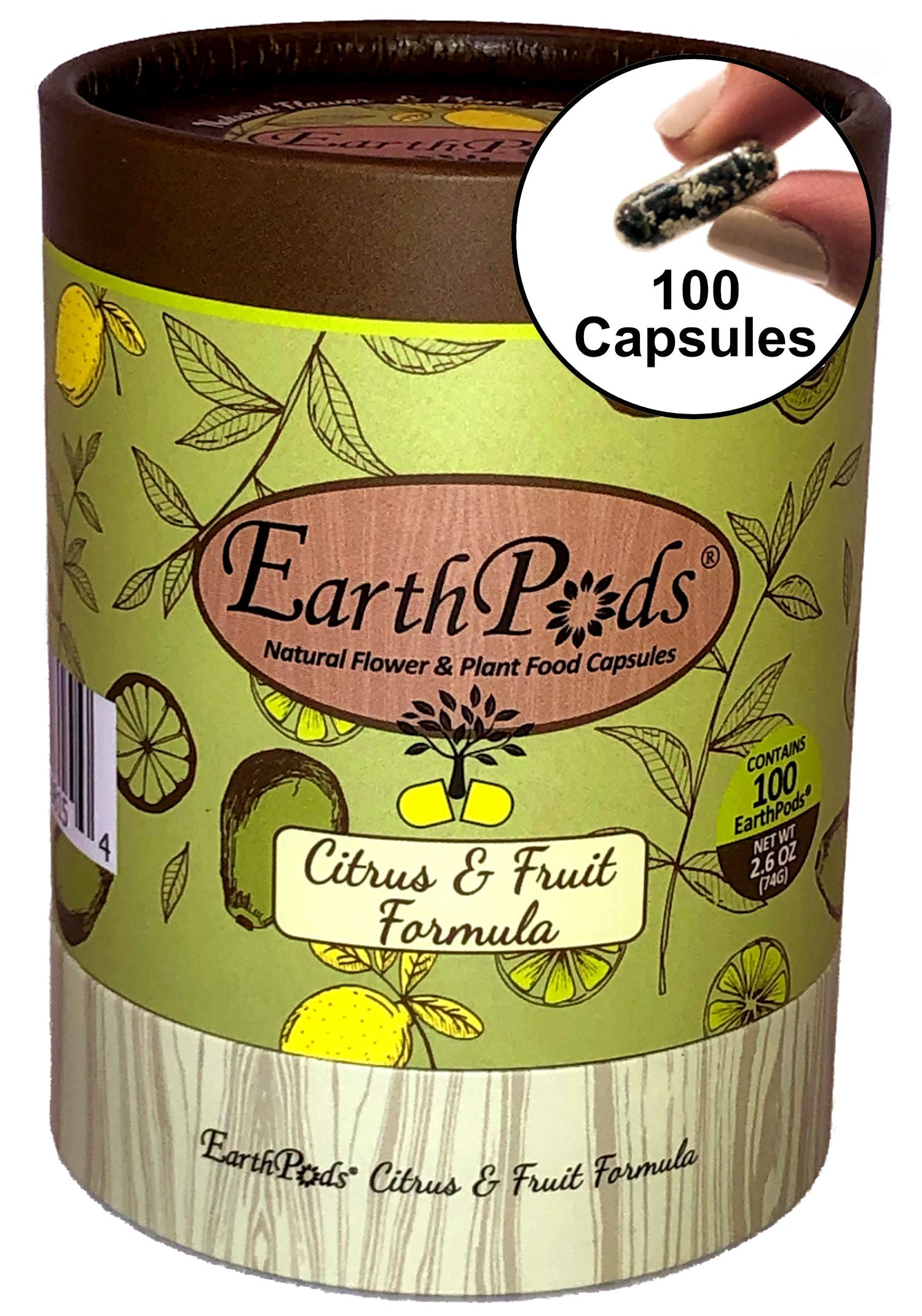

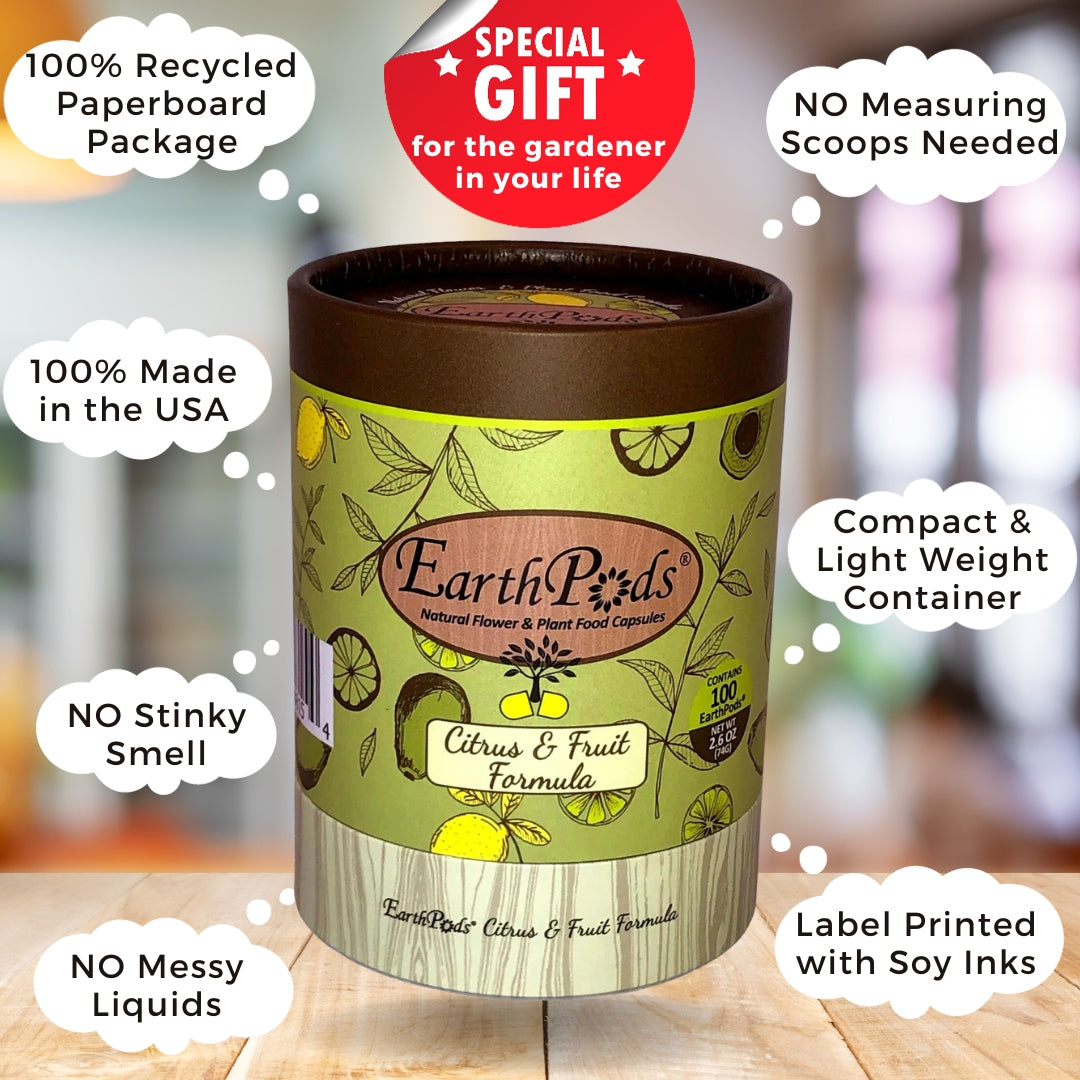
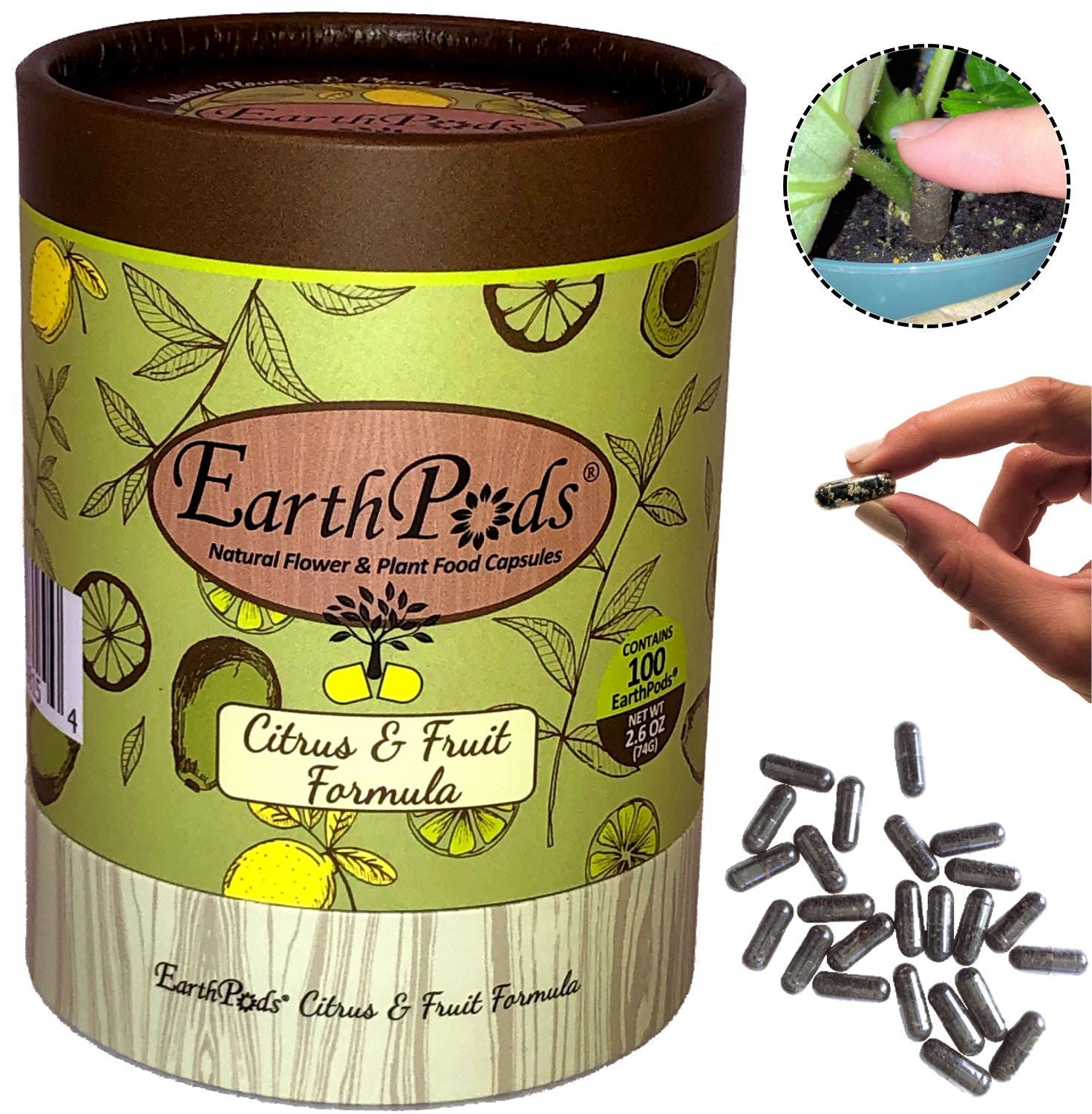
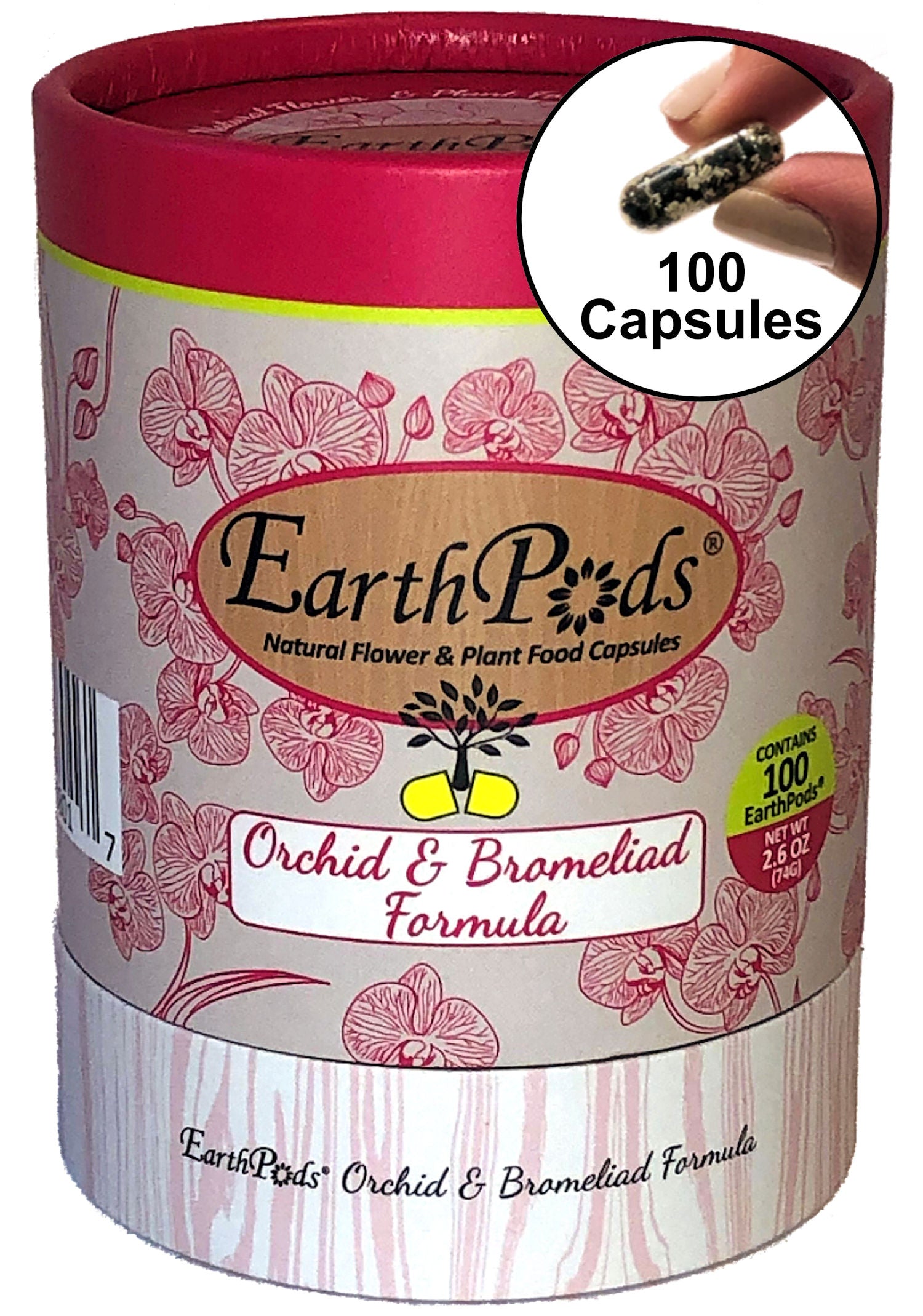
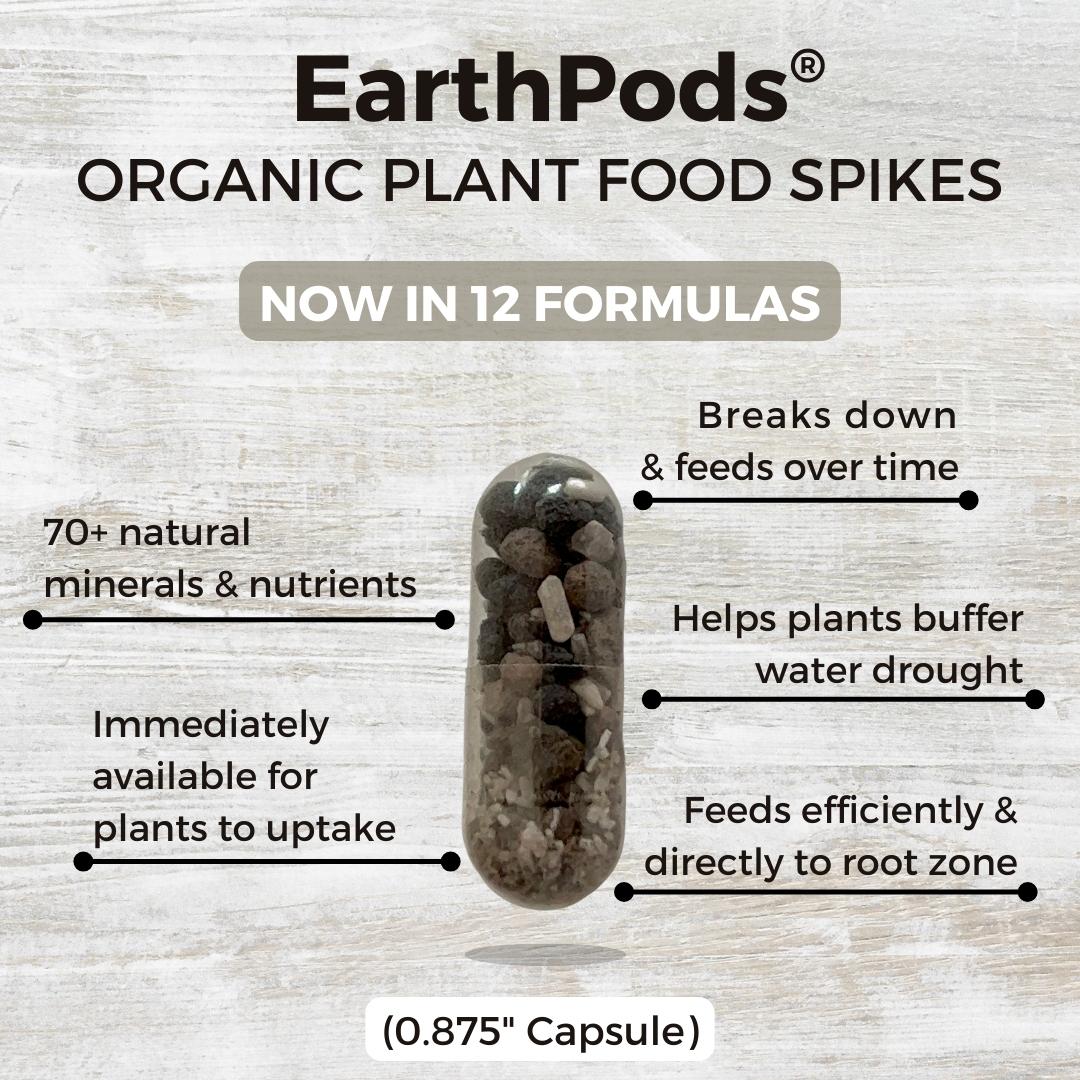
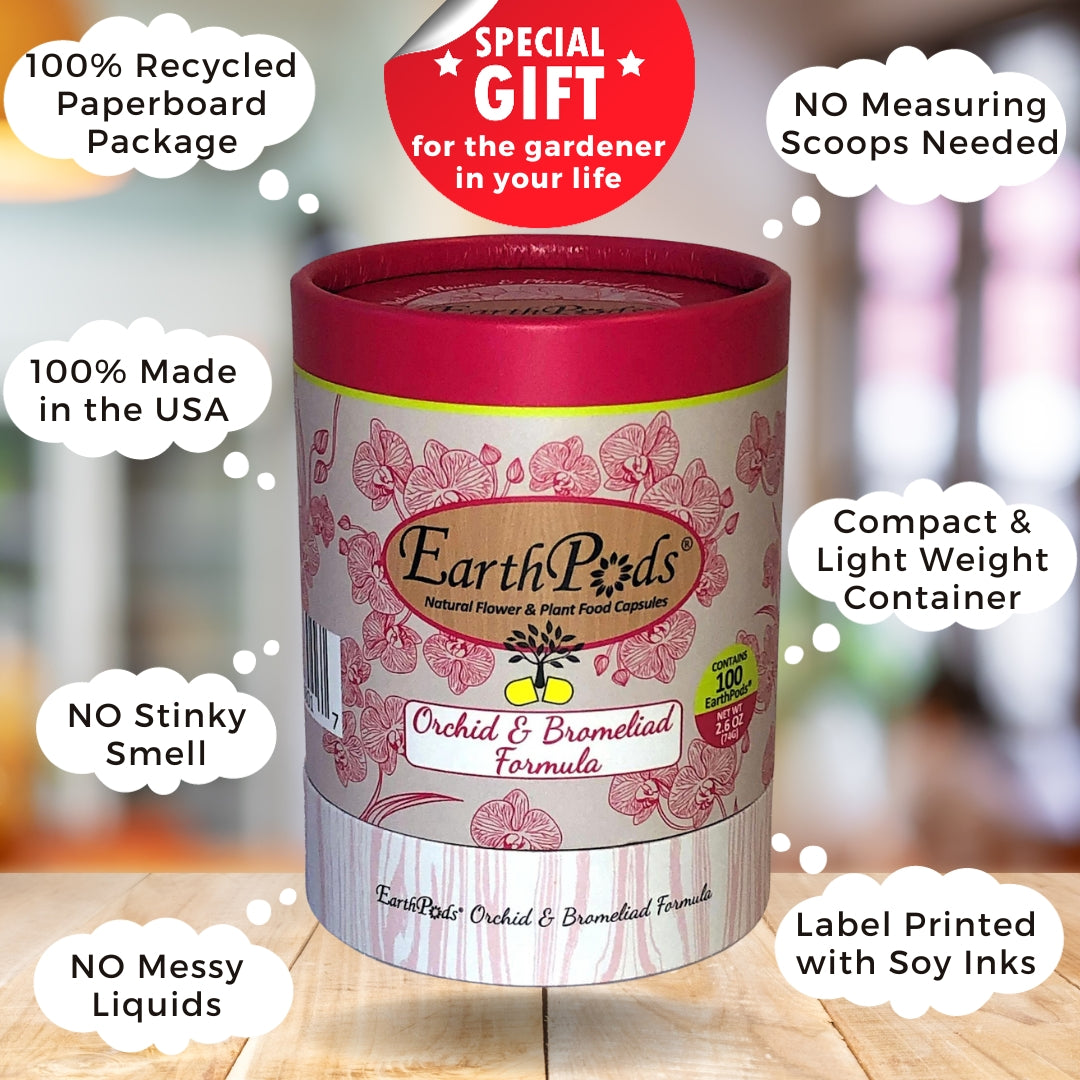


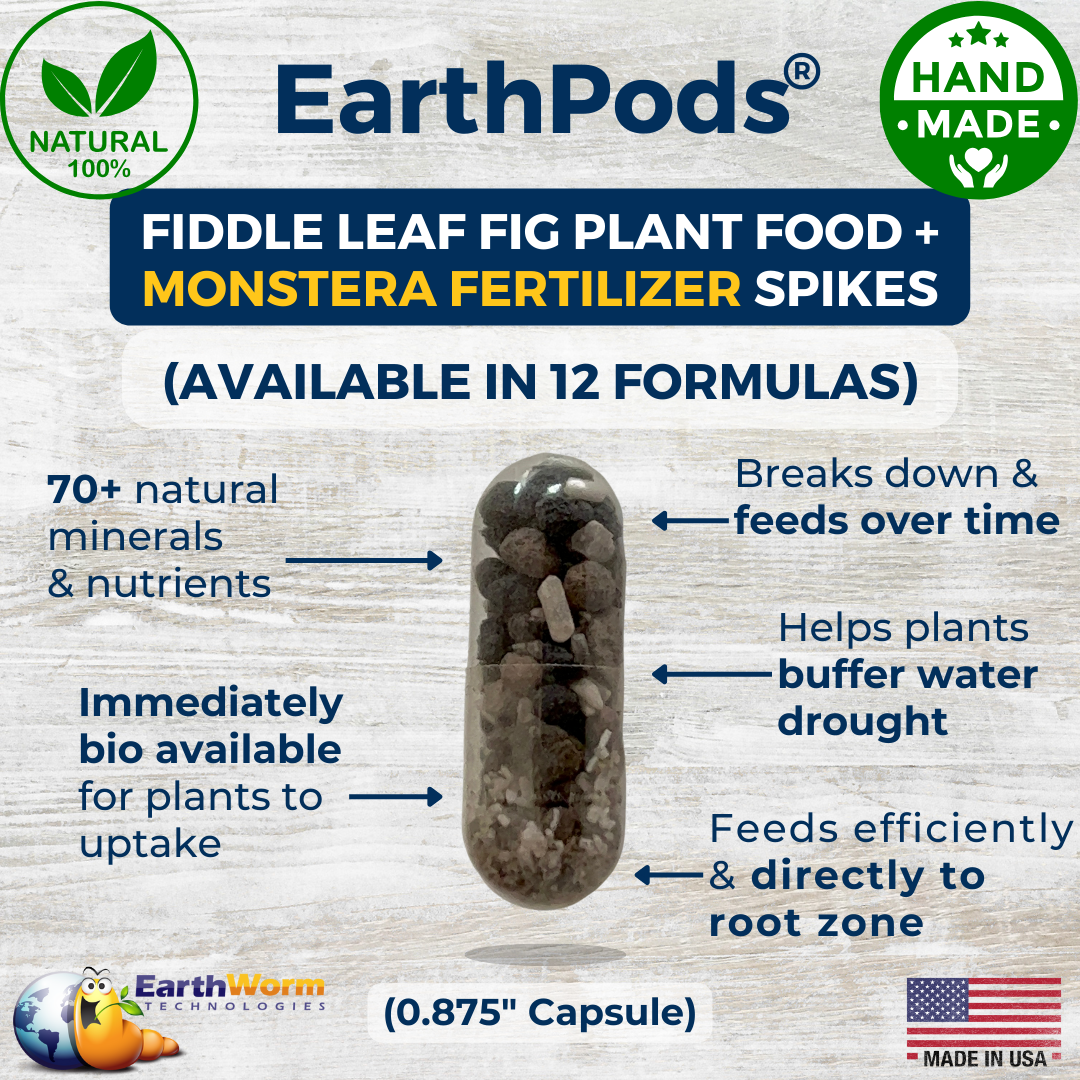
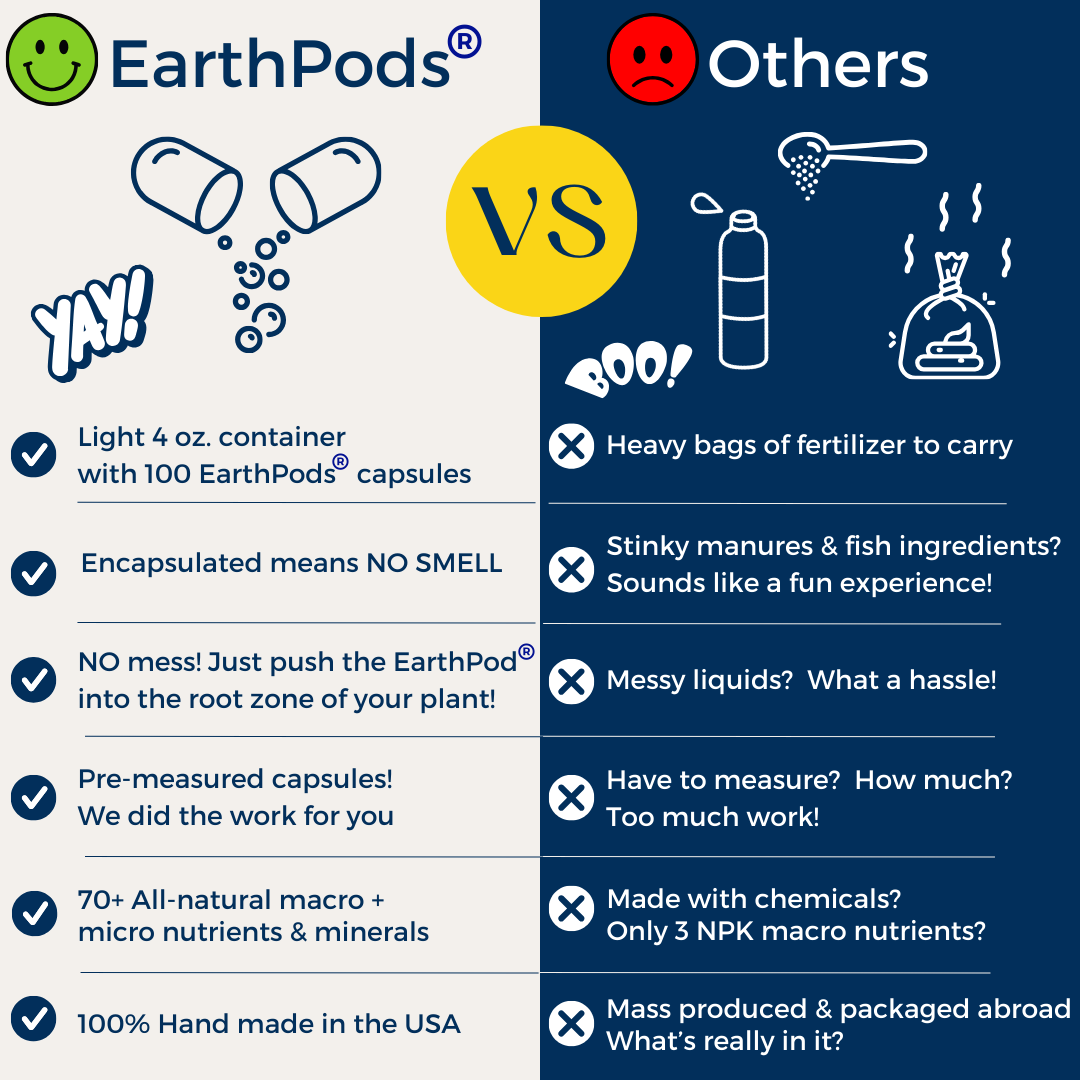


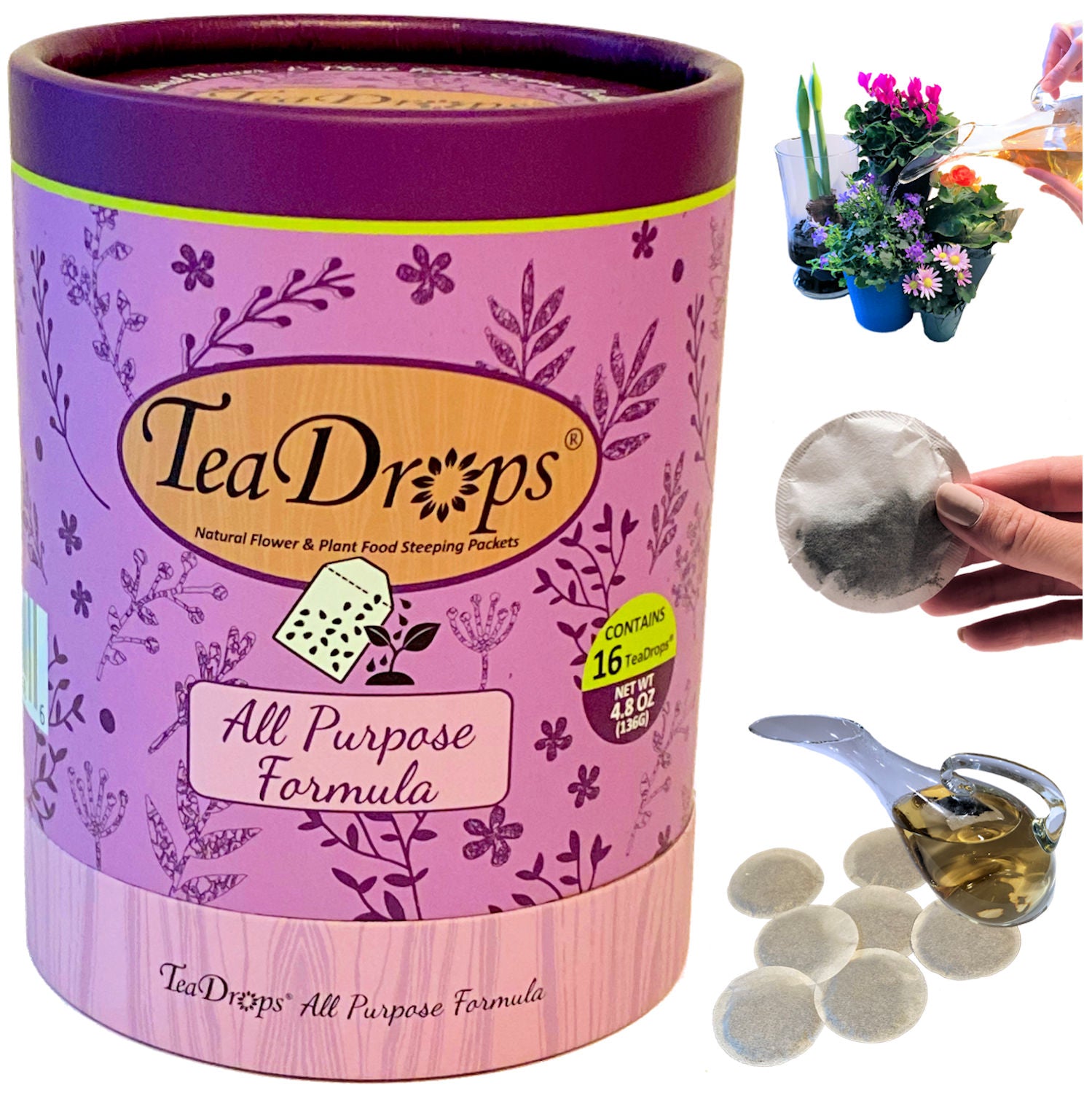
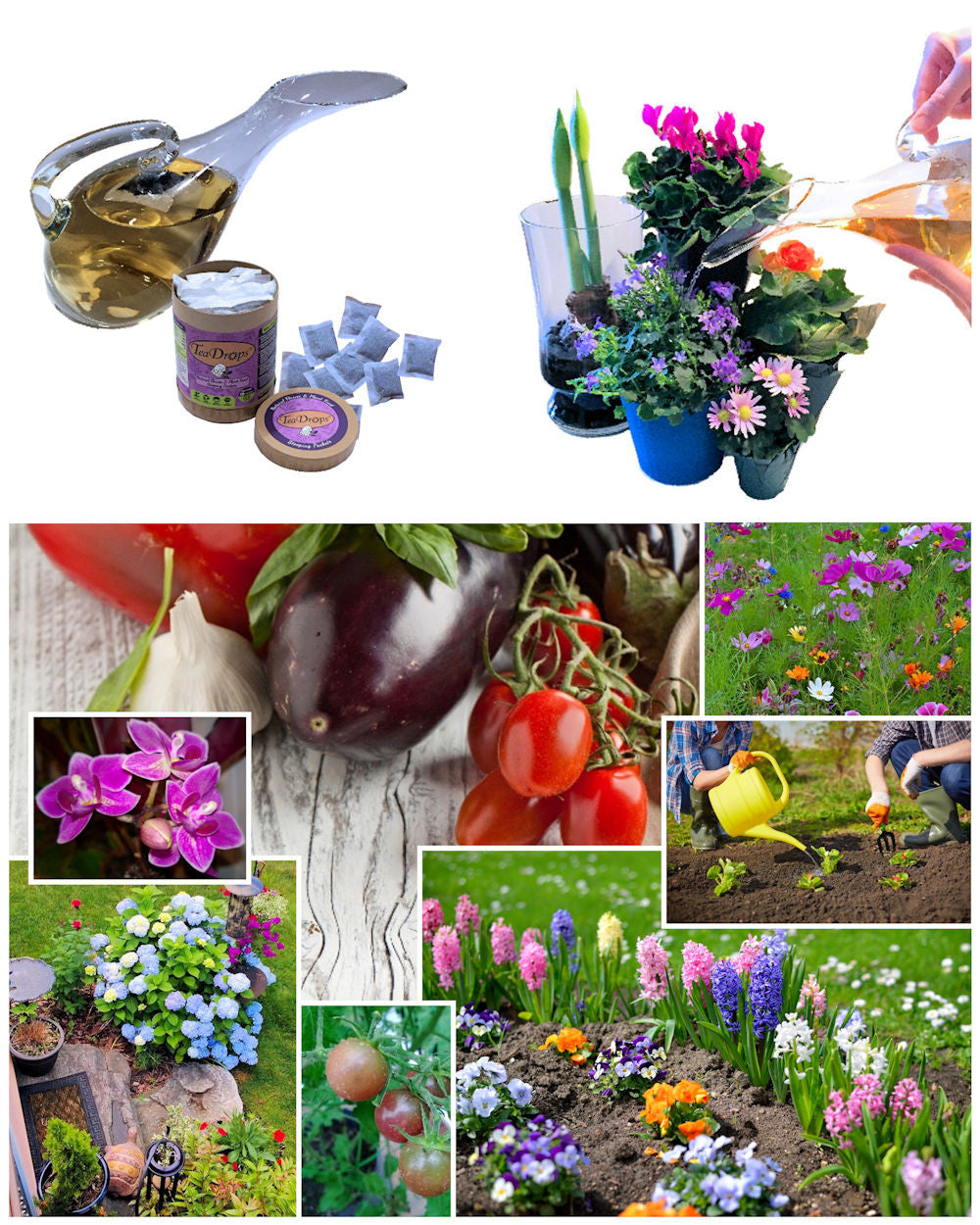


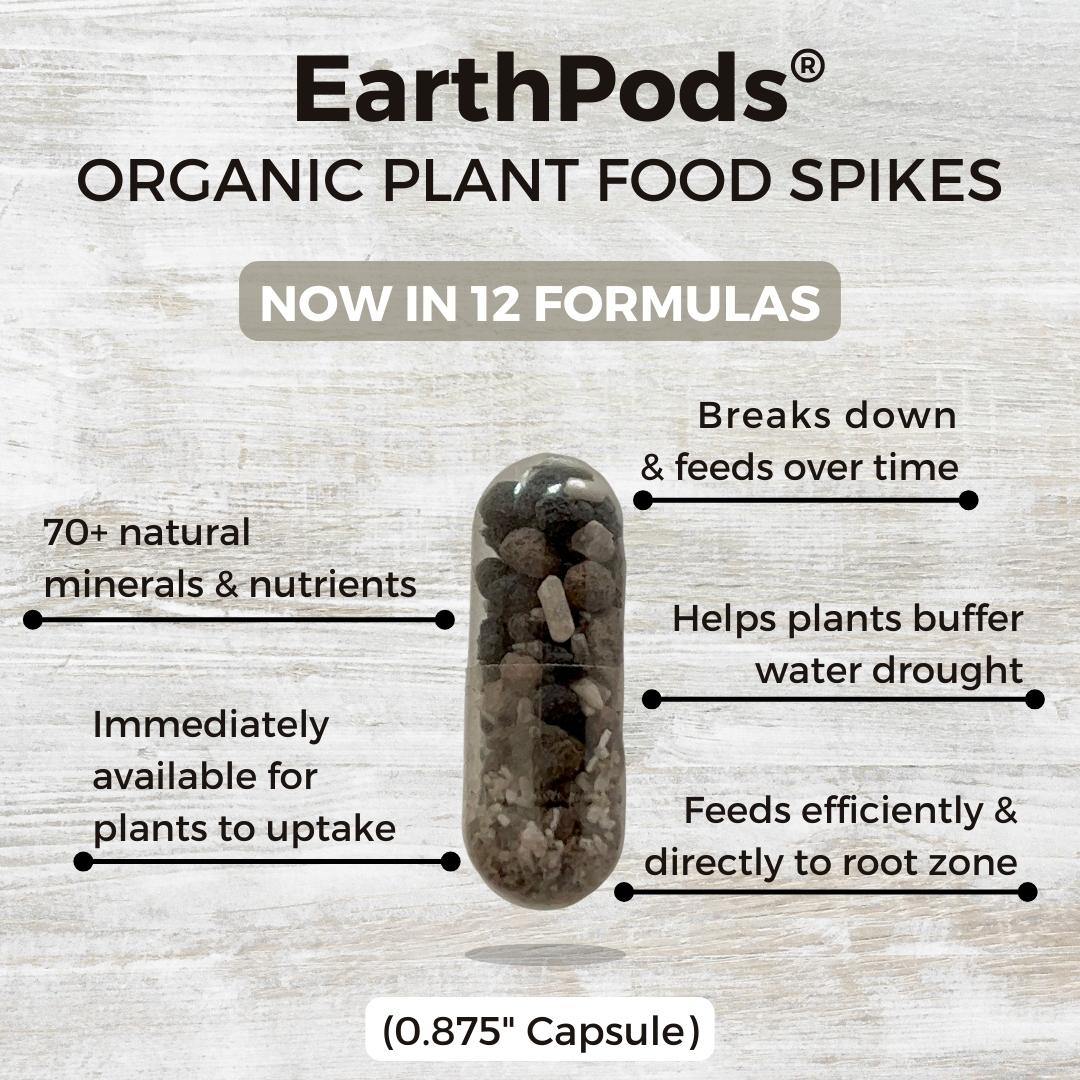
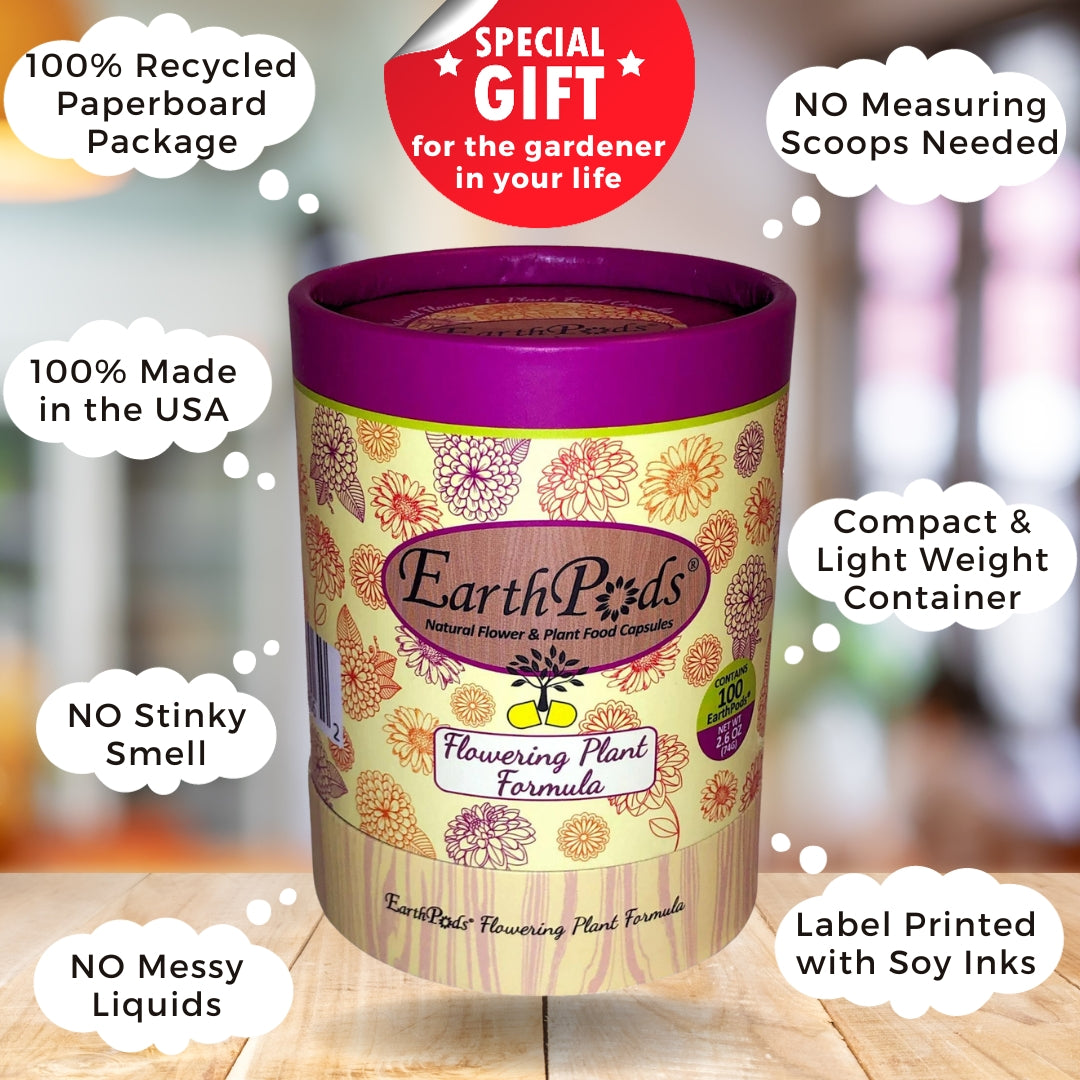
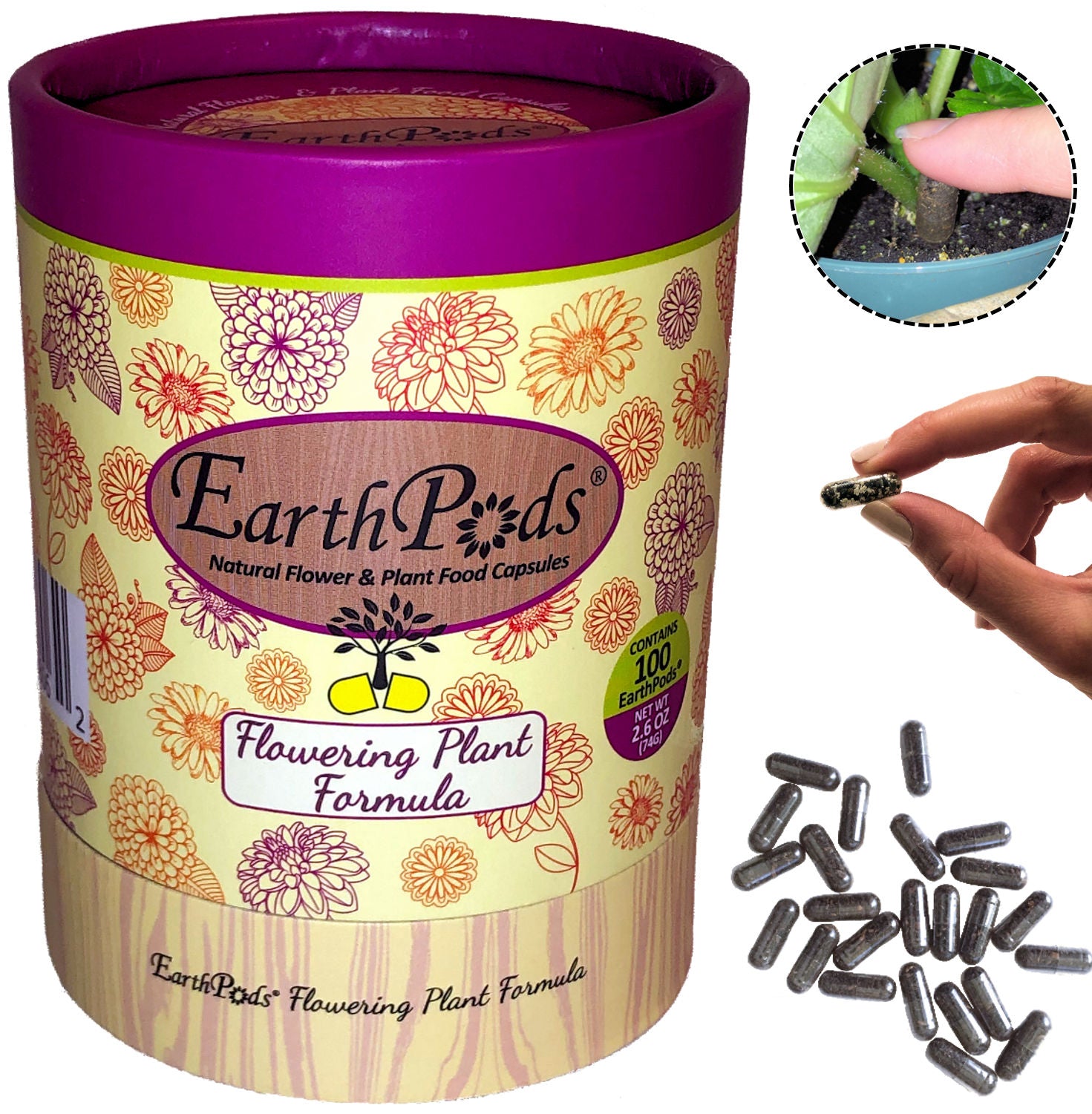
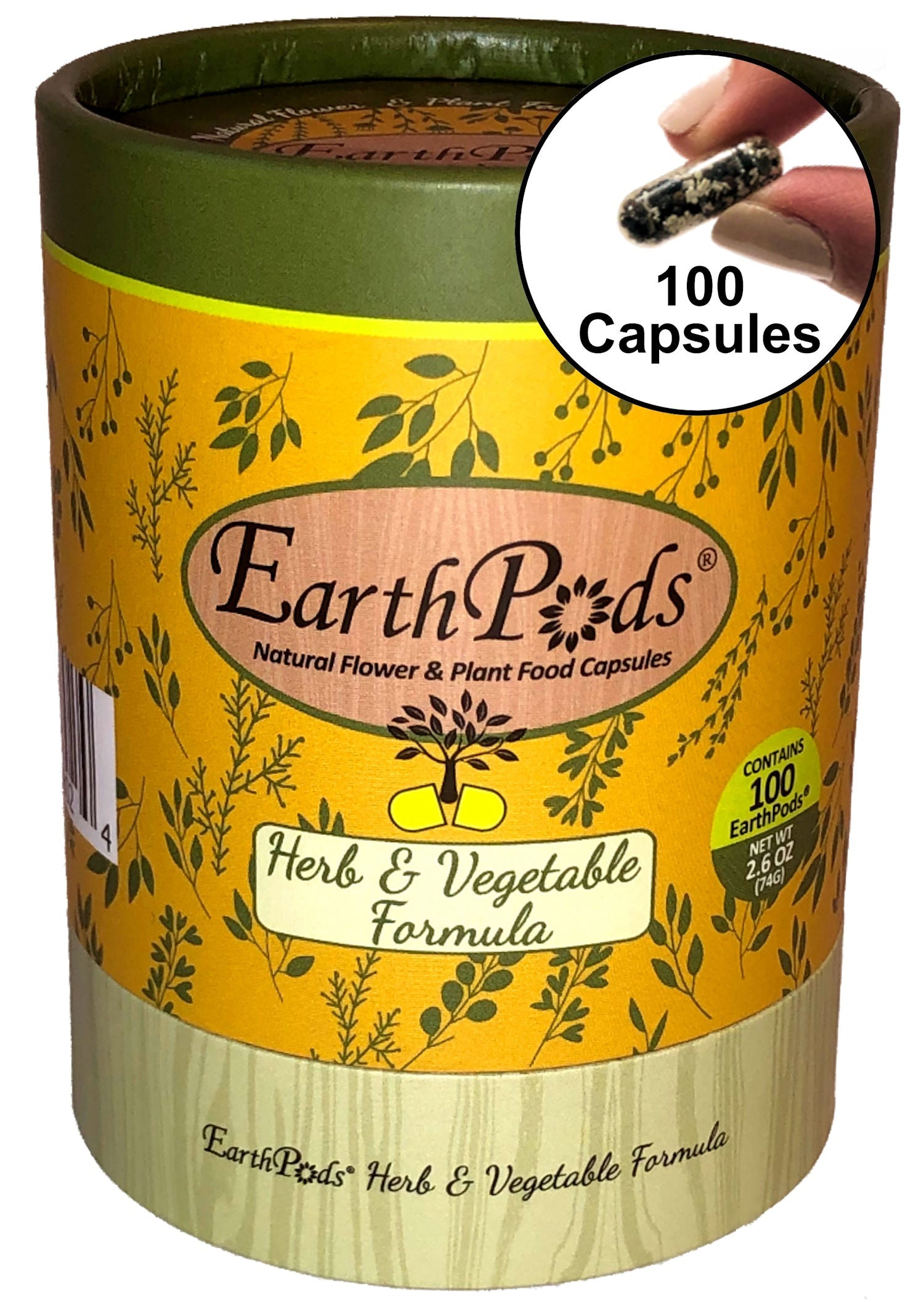
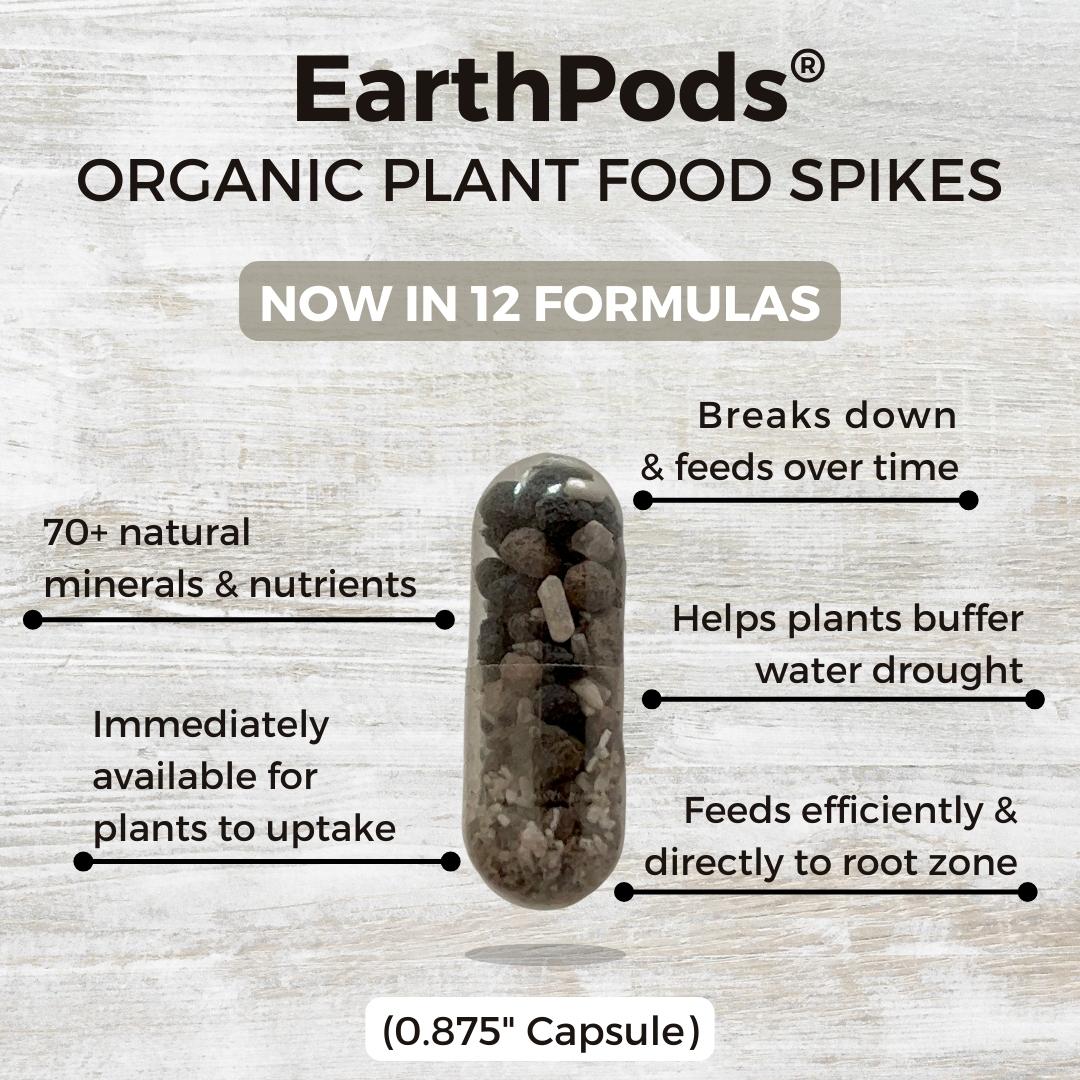

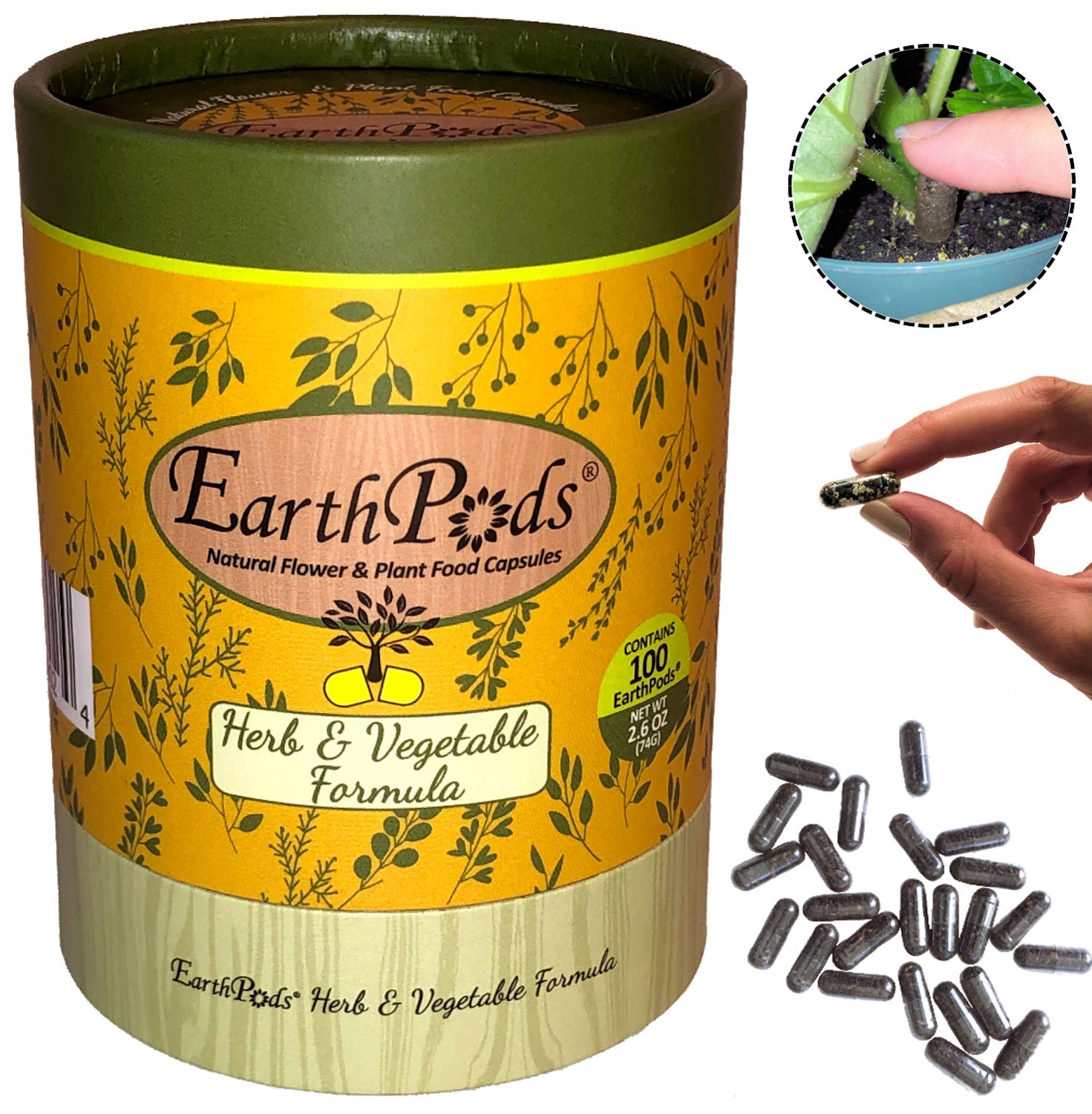
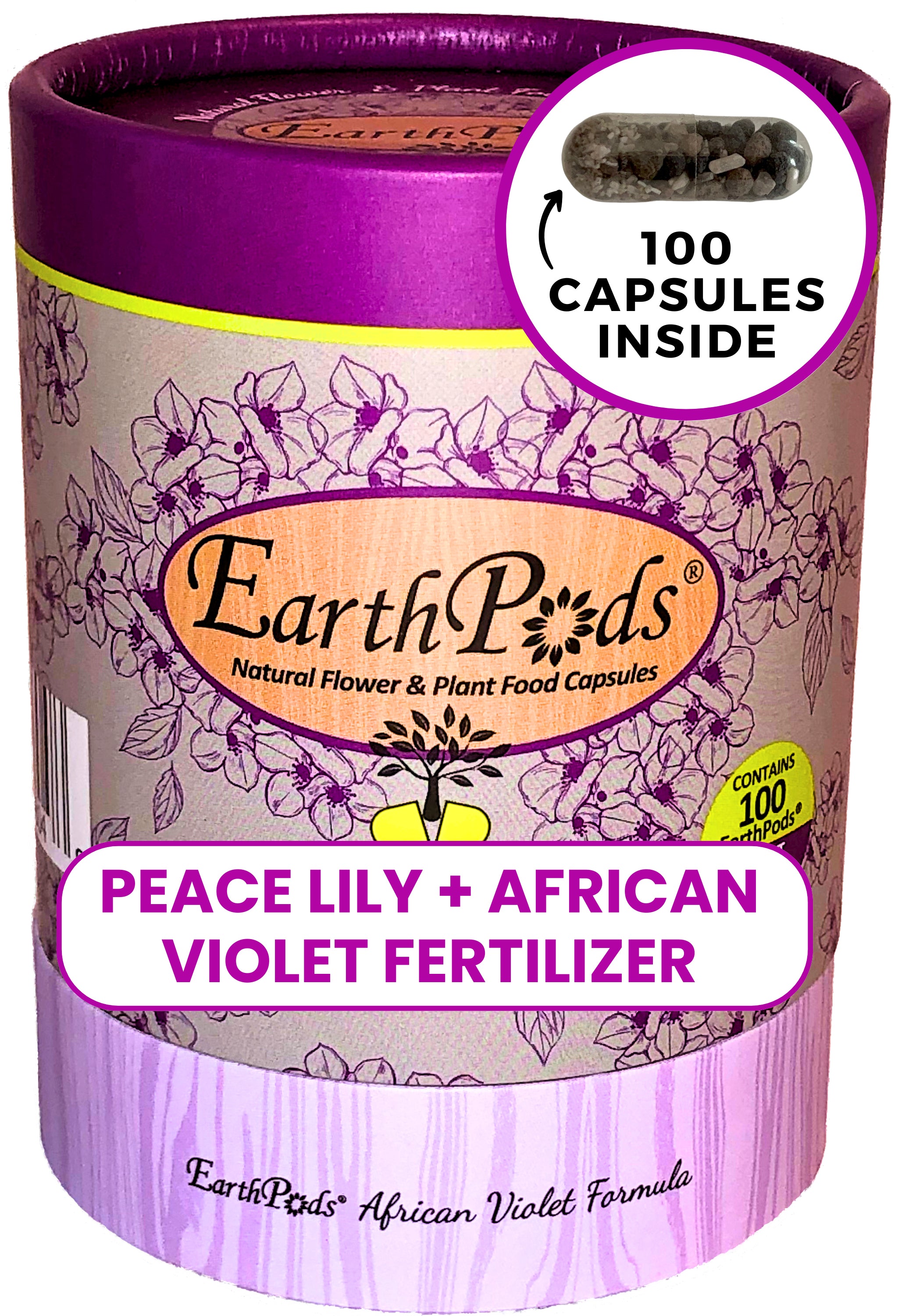
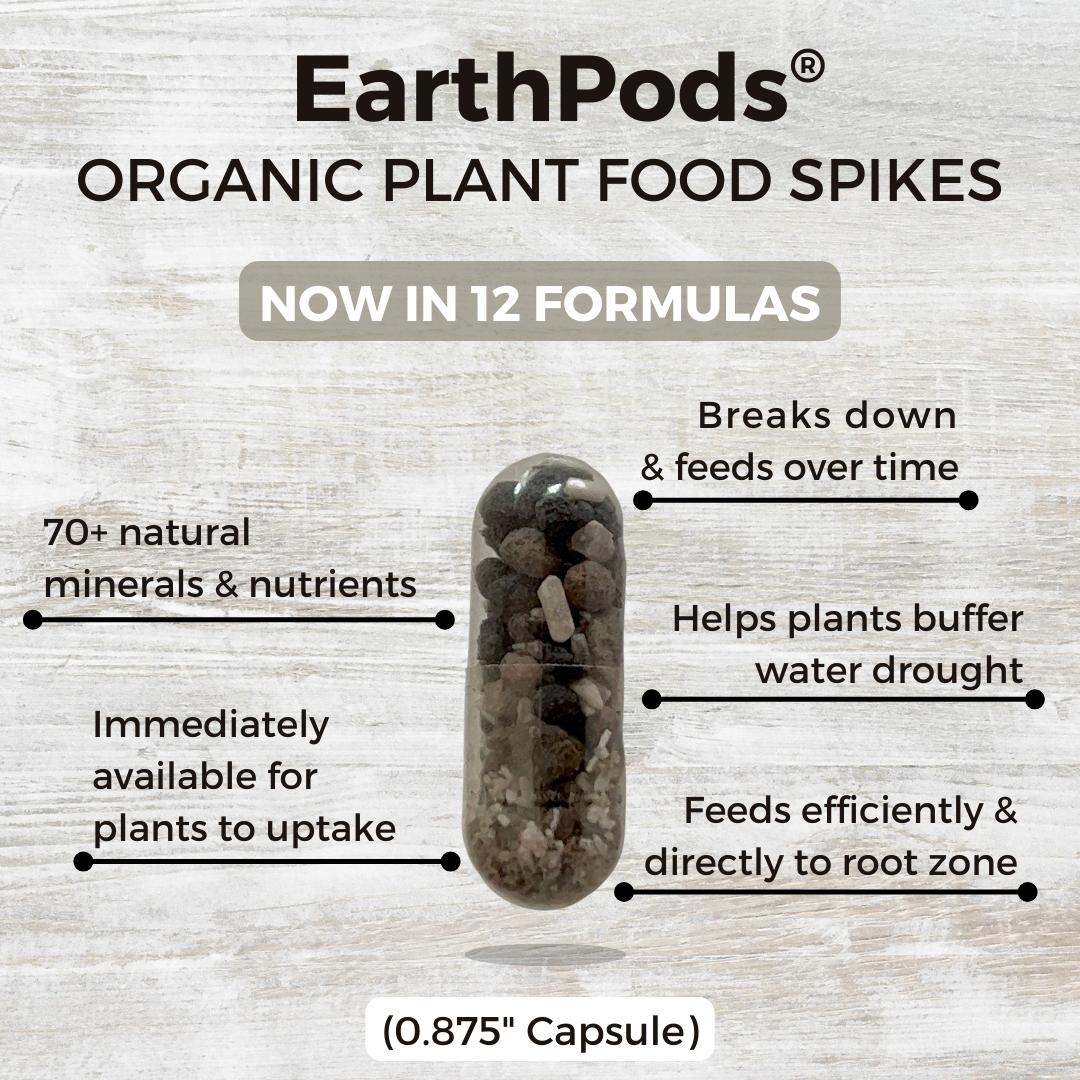

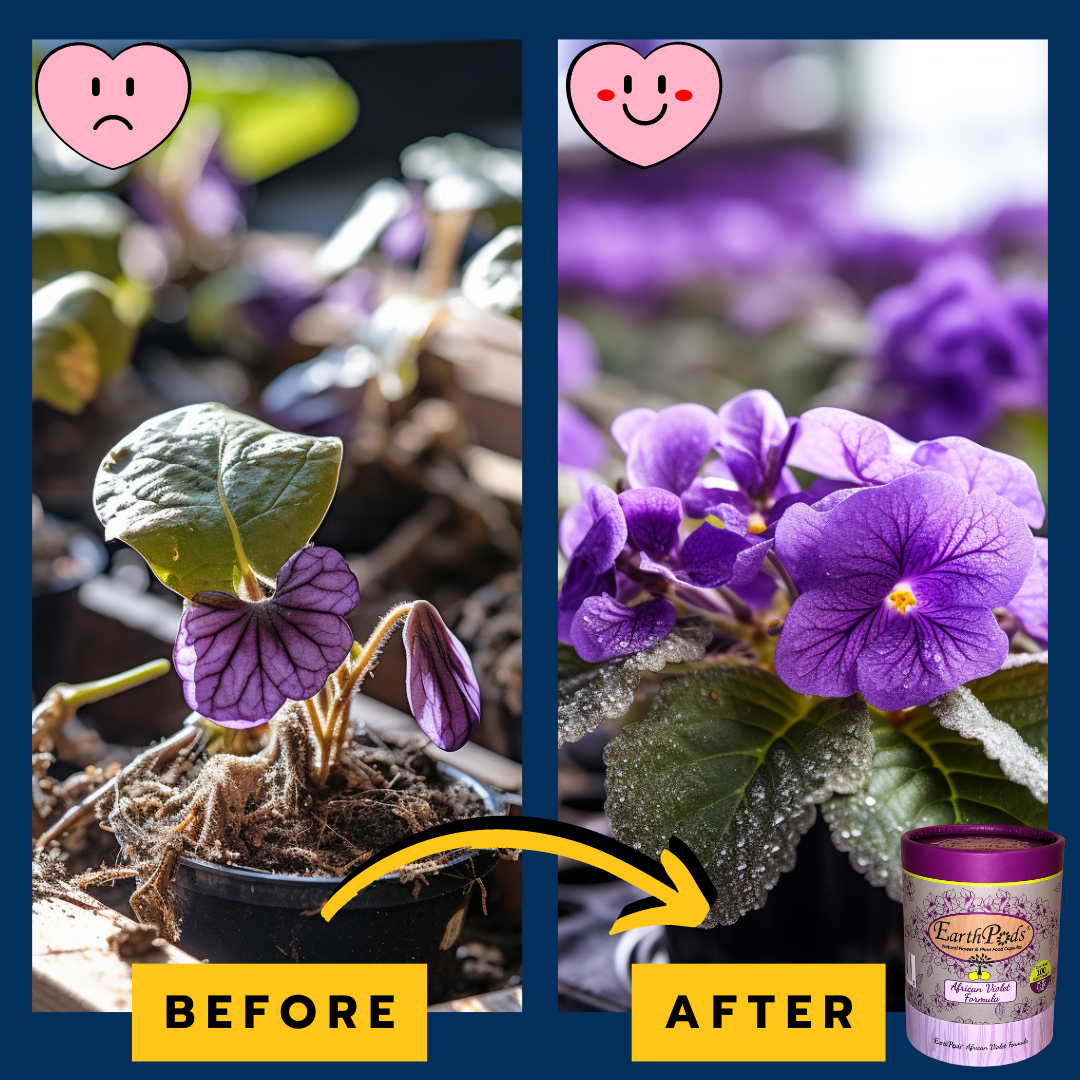
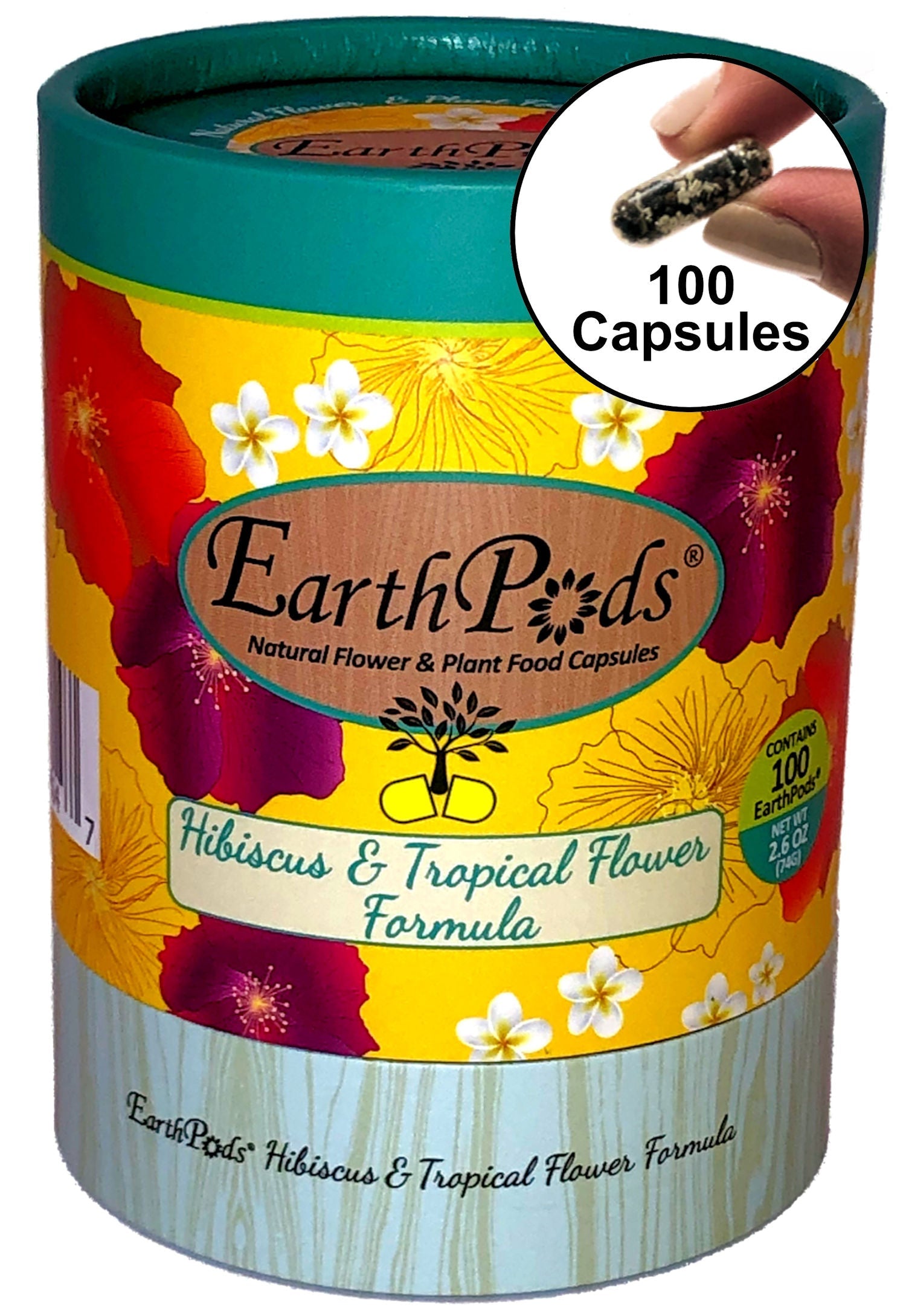


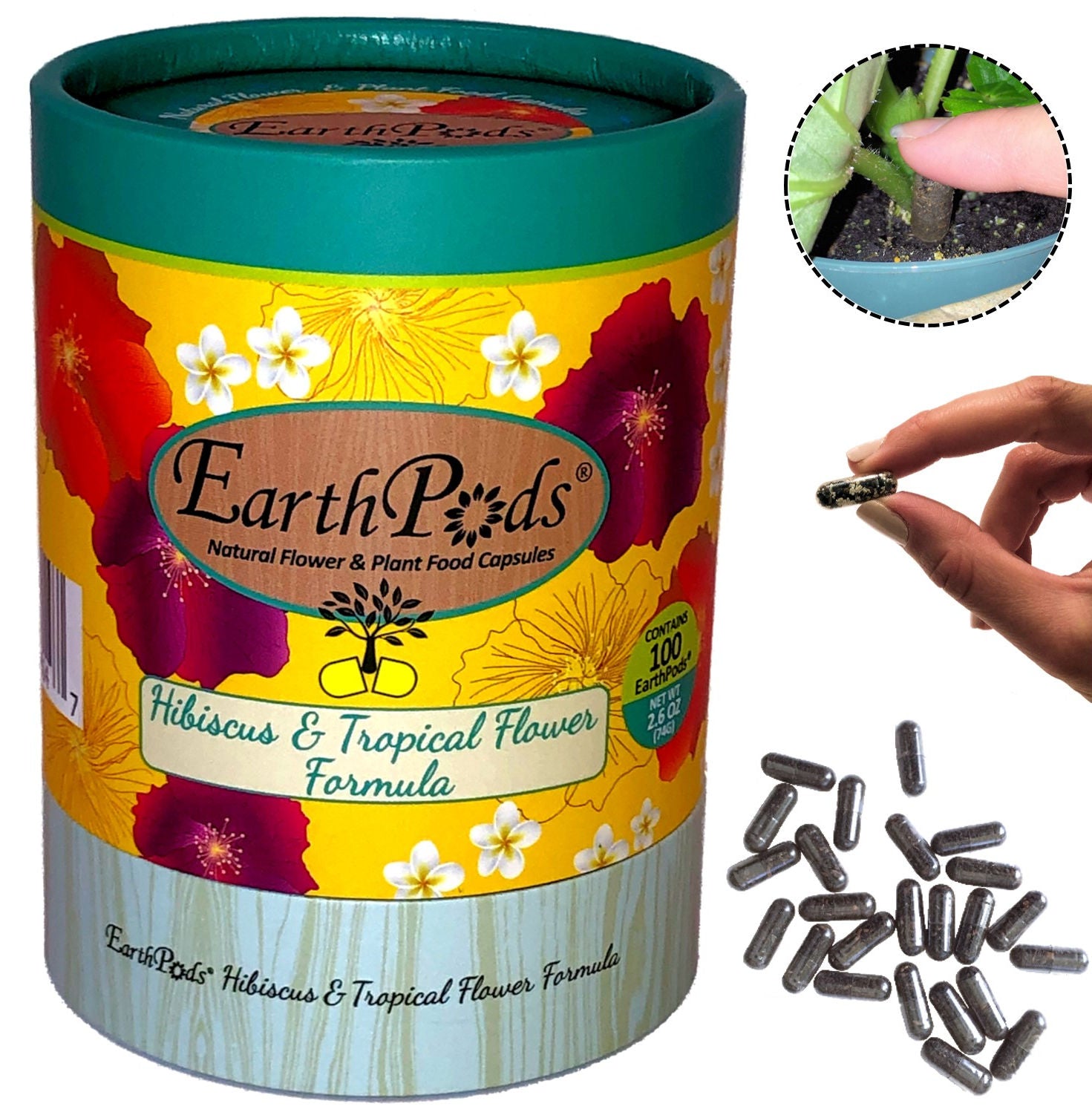

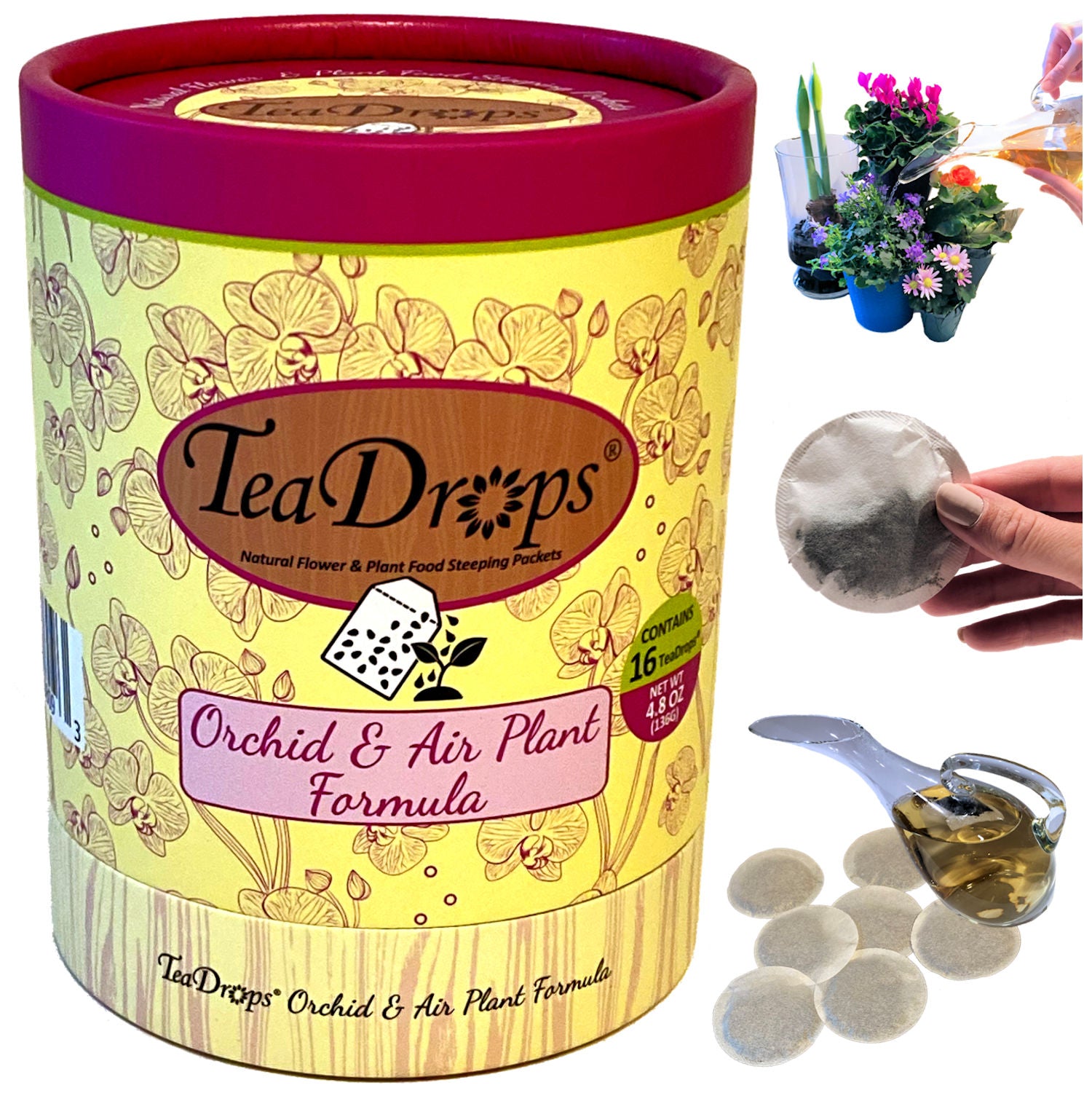


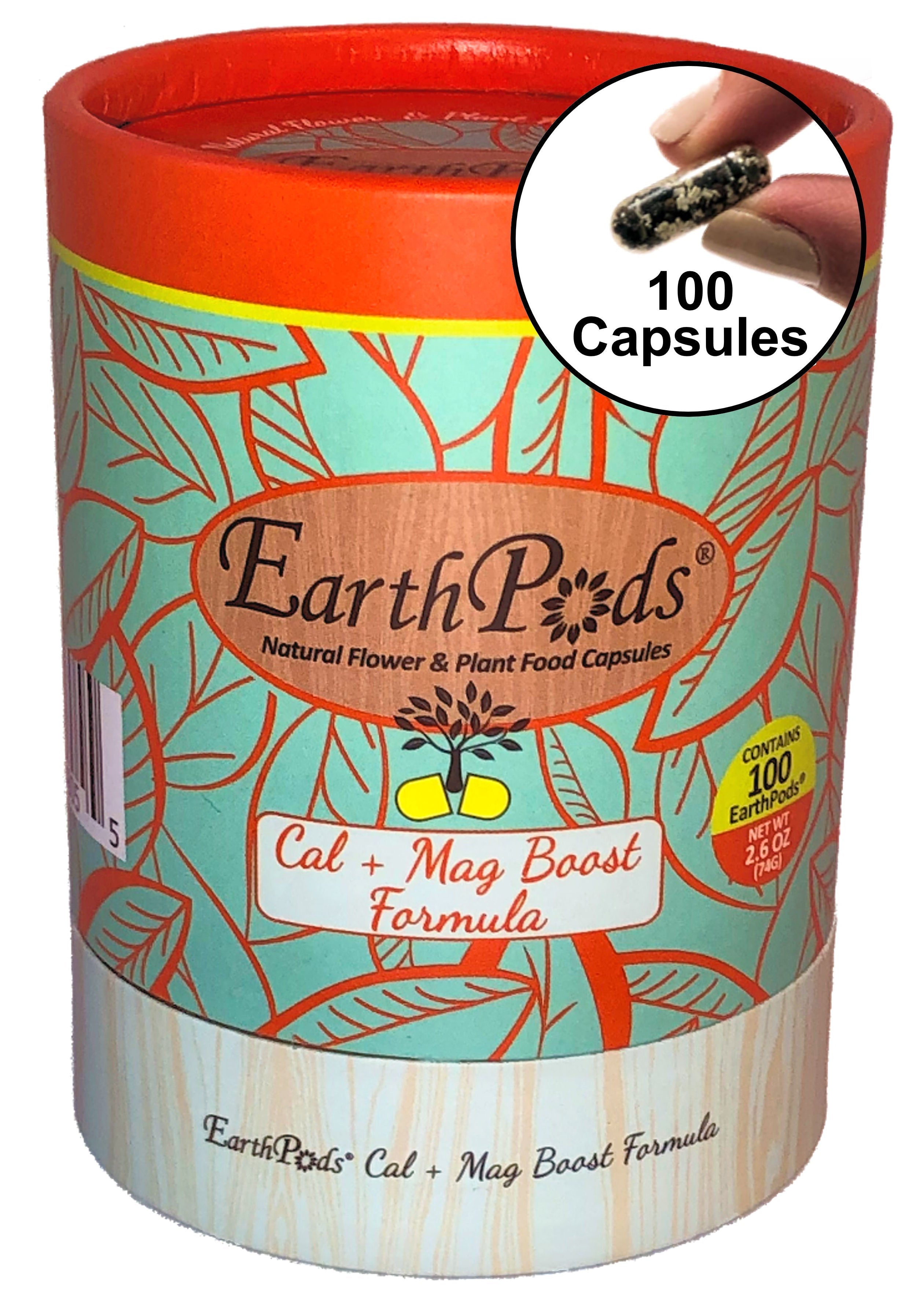
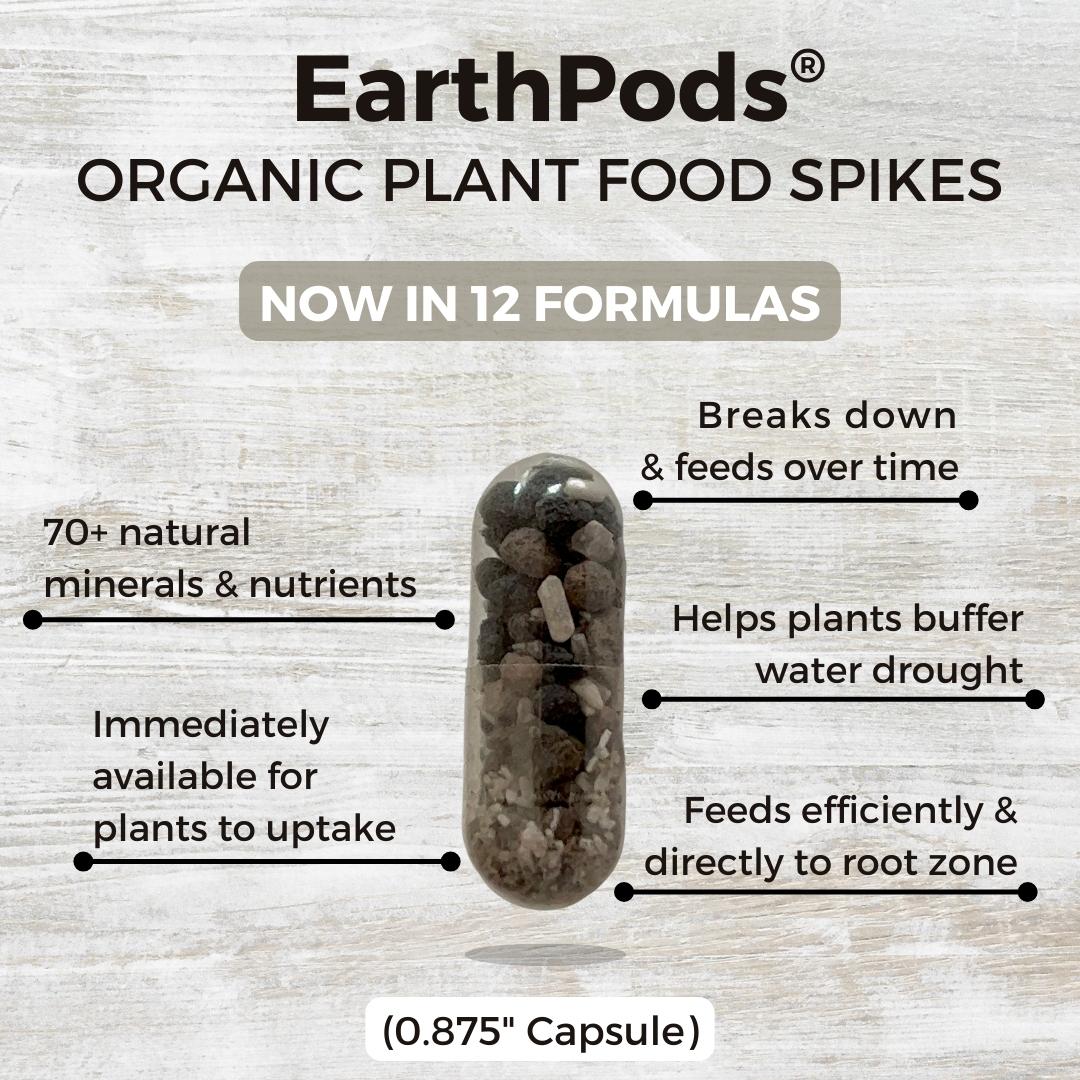
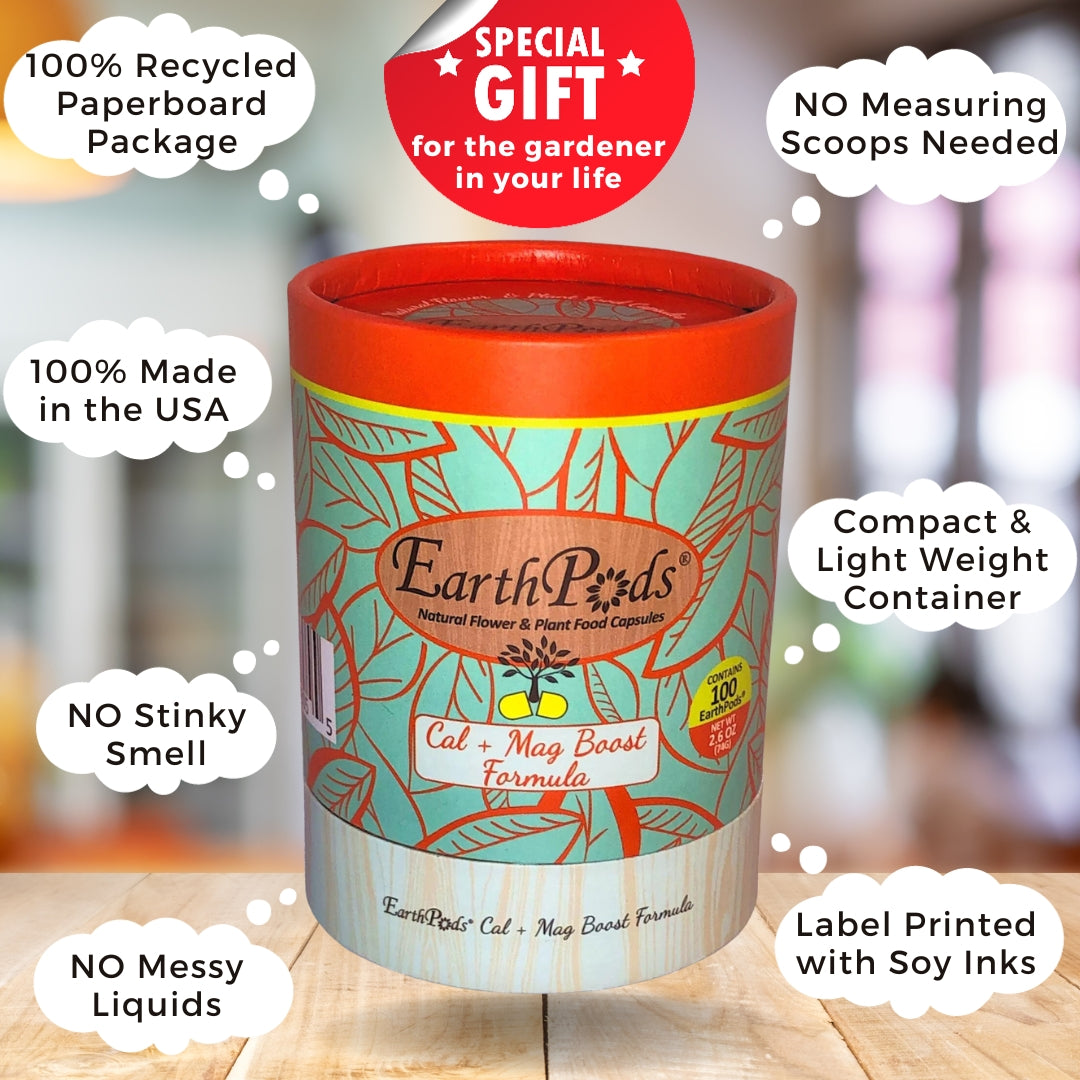
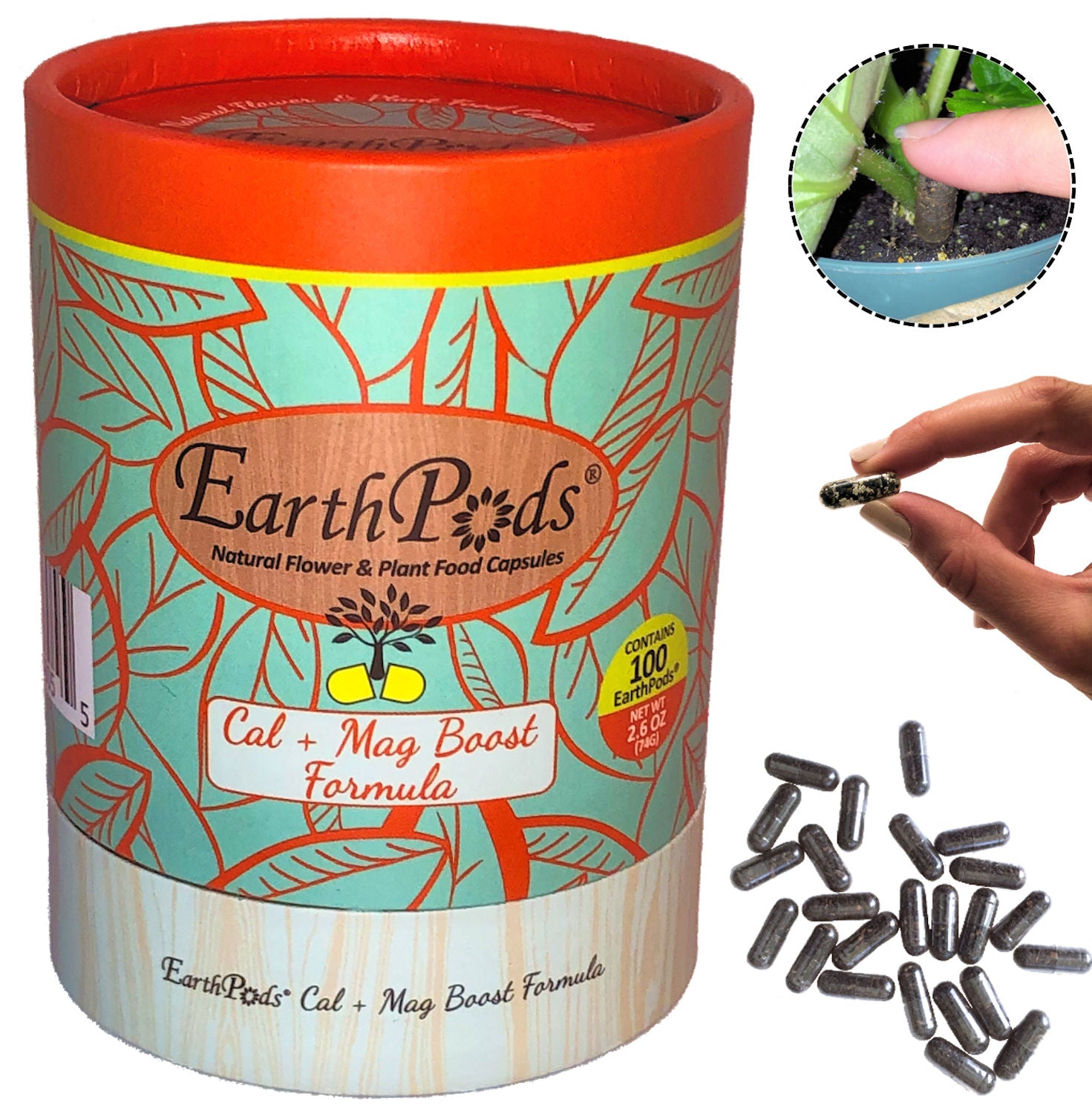

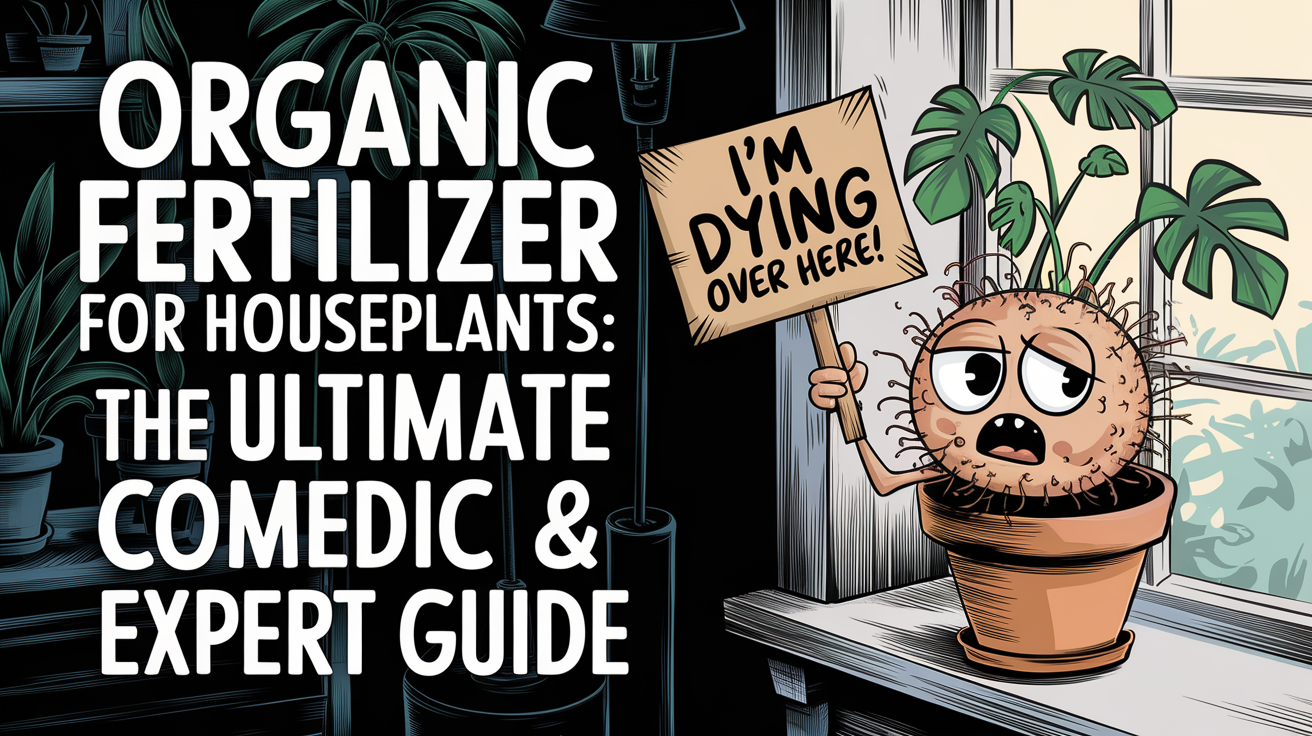
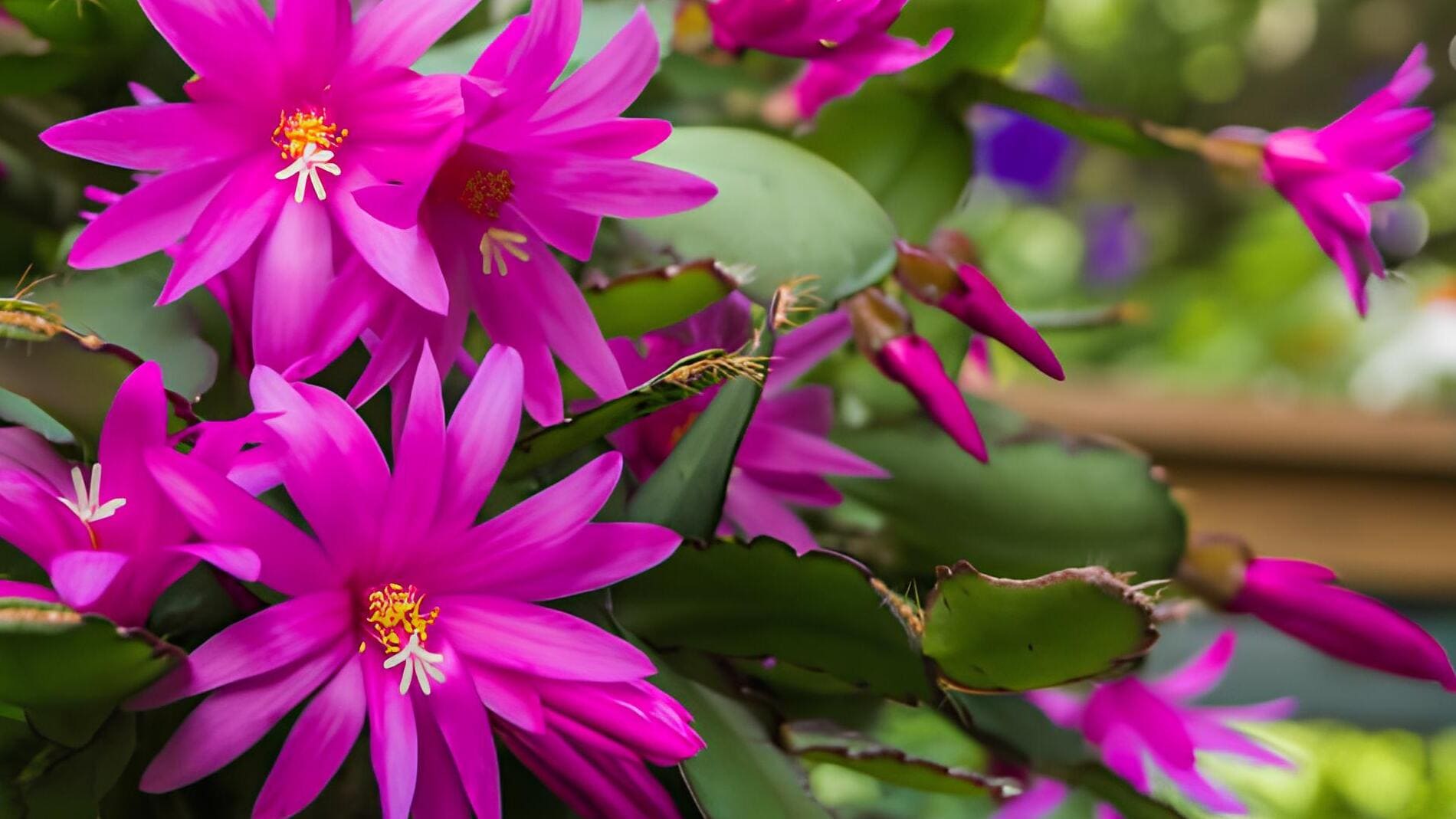

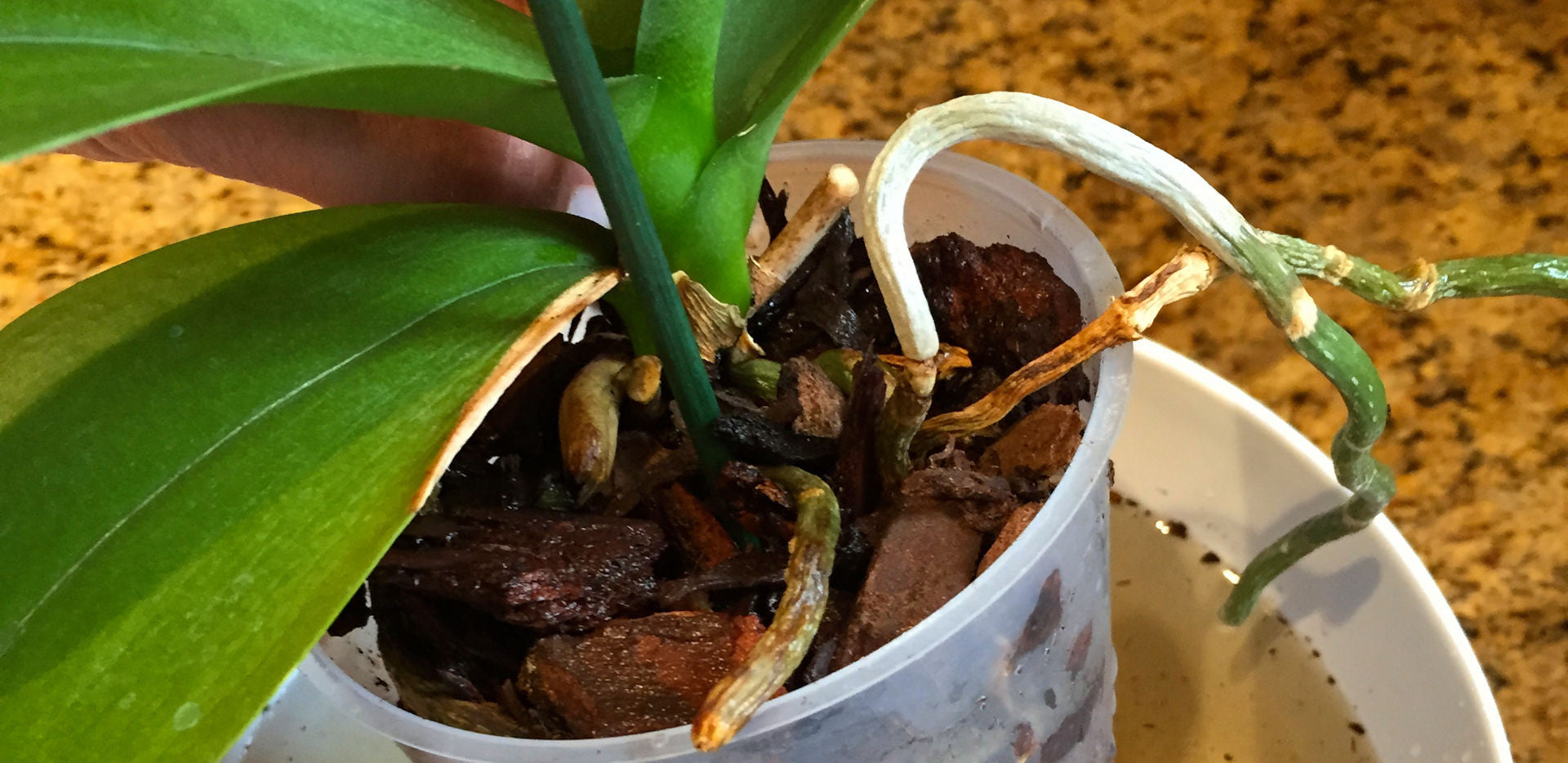


Share:
5 Fall Clean Up Gardening Tips To Do This Fall!
Is Jack Frost Snowing on Your Winter Gardening Parade? 4 Ways to Use Snow in the Garden!